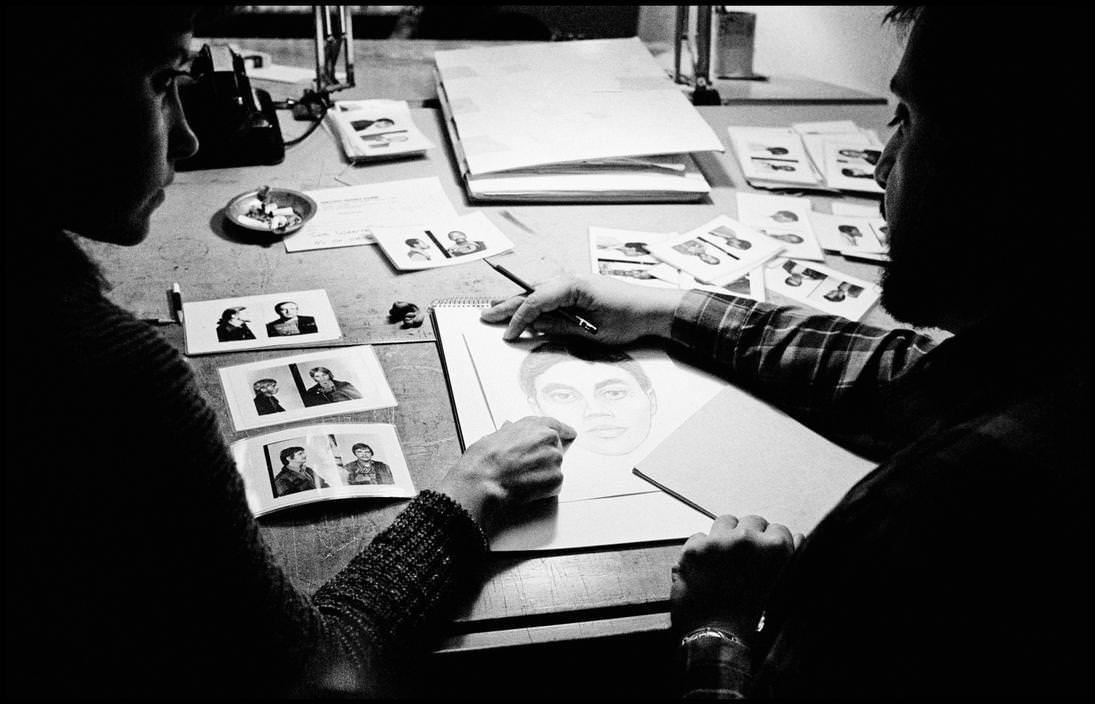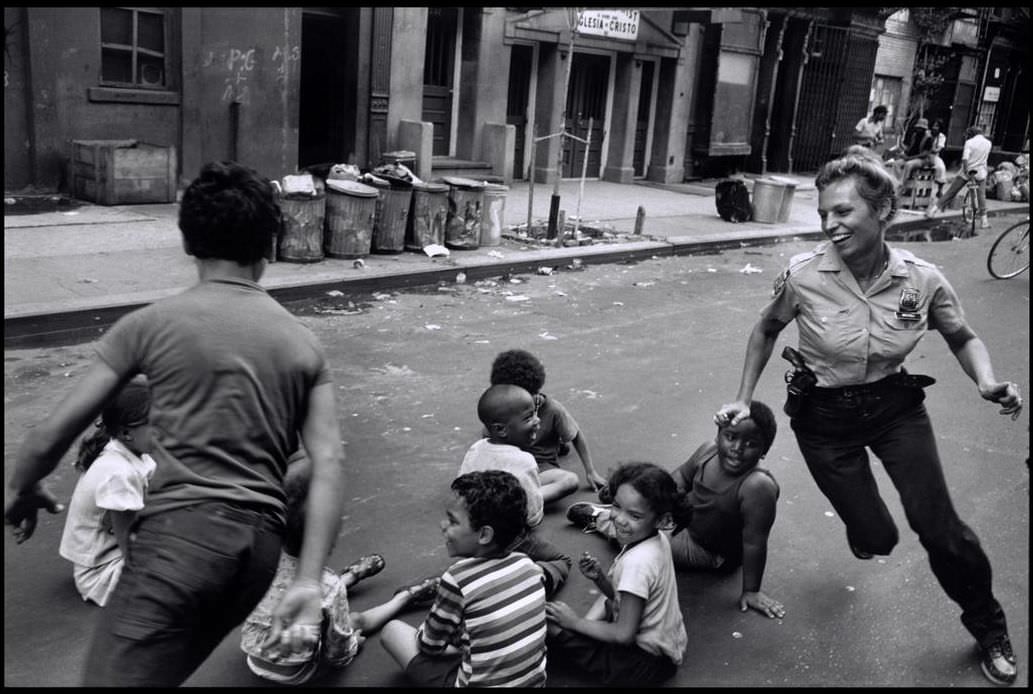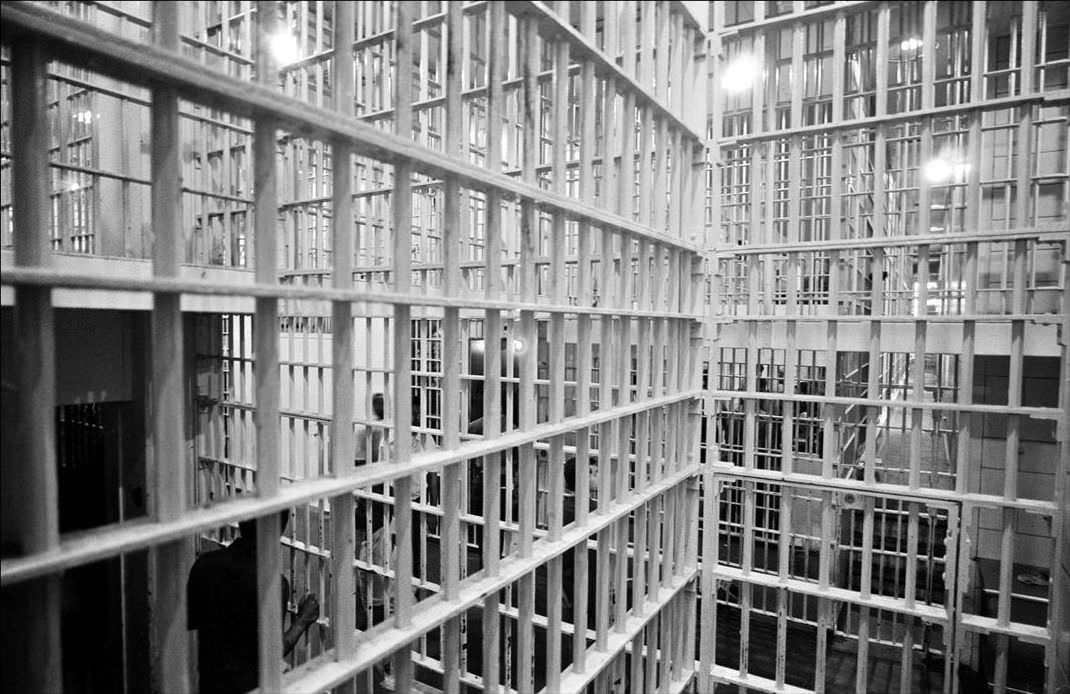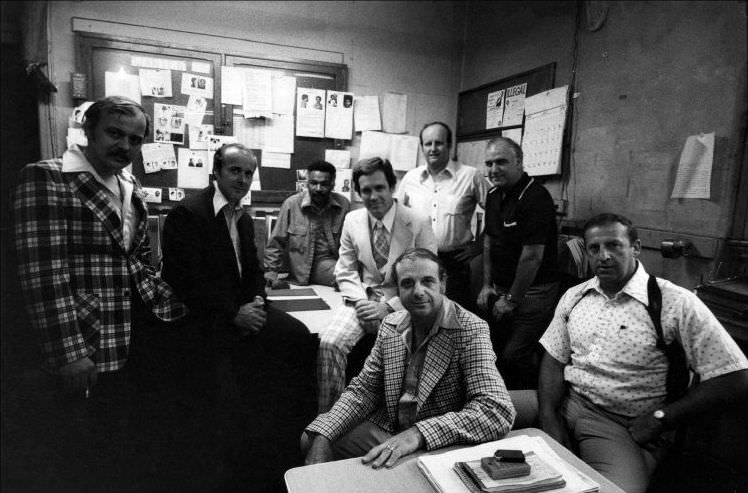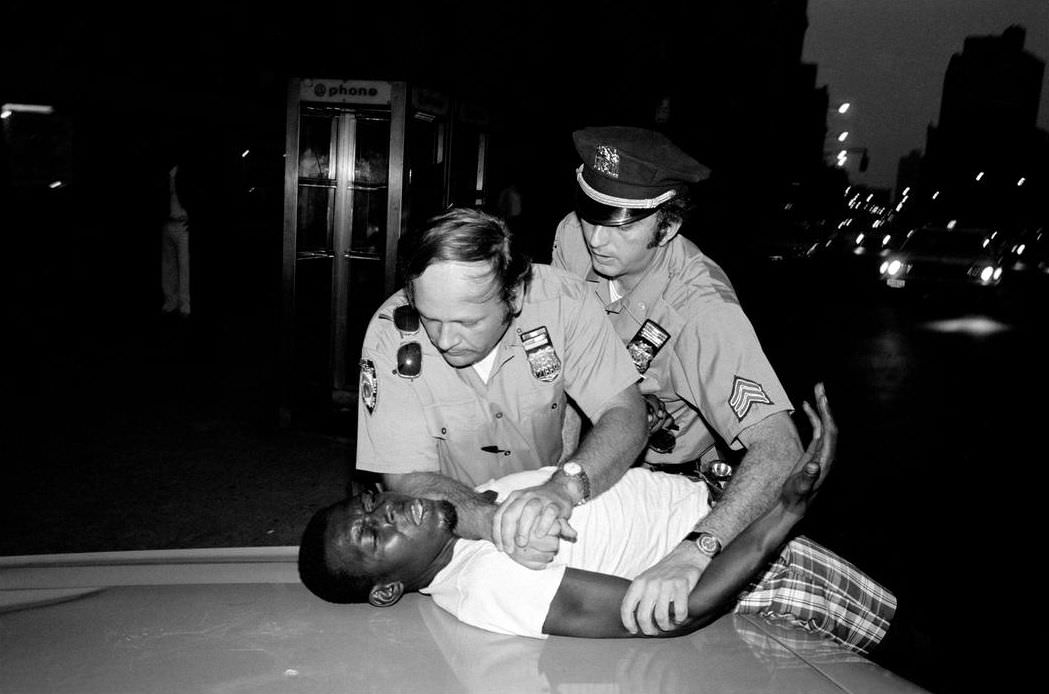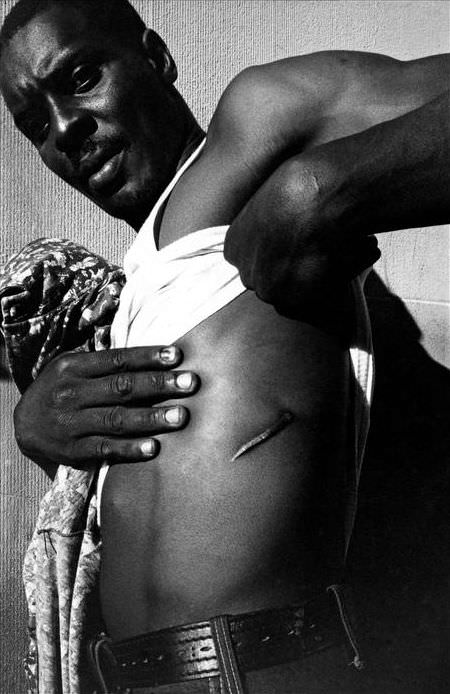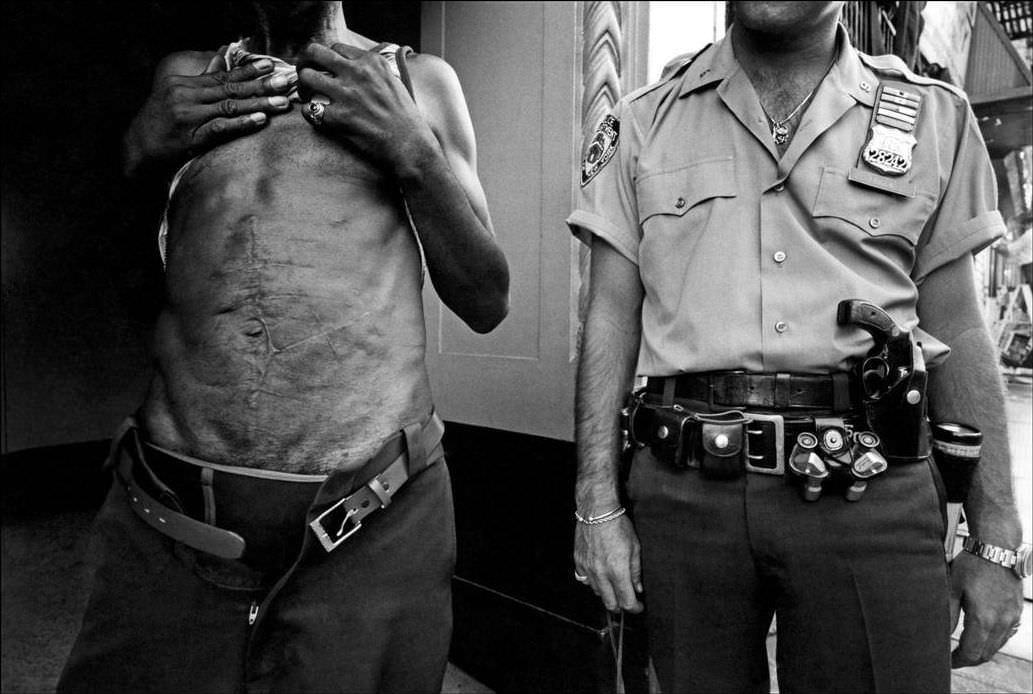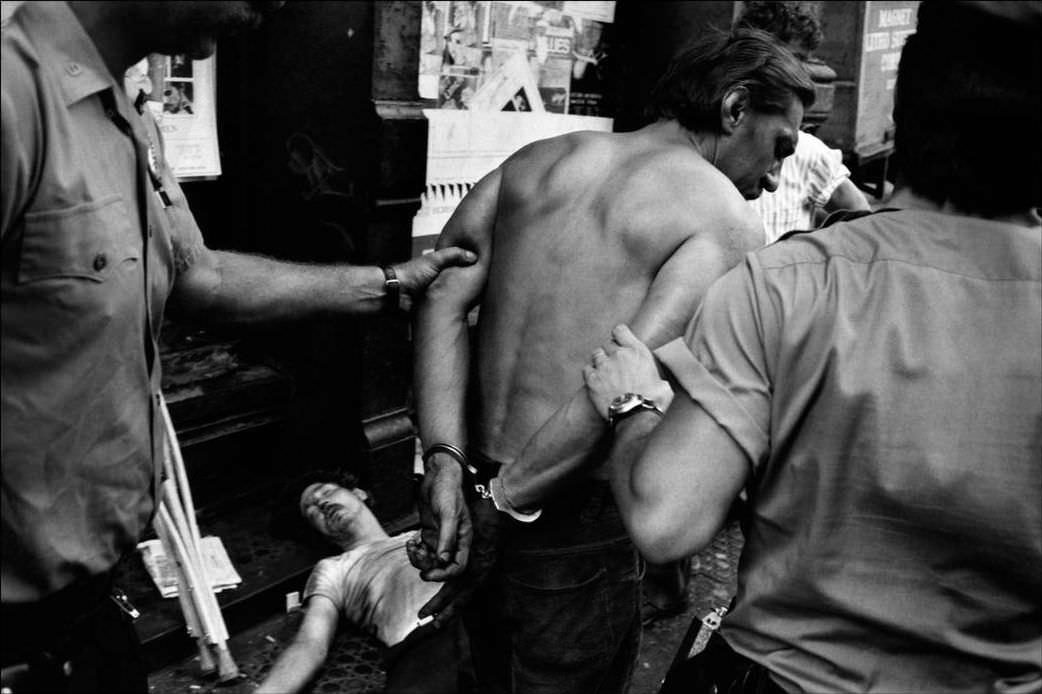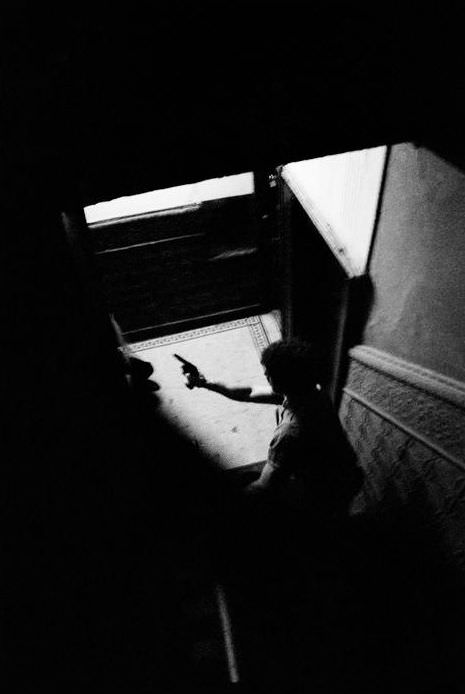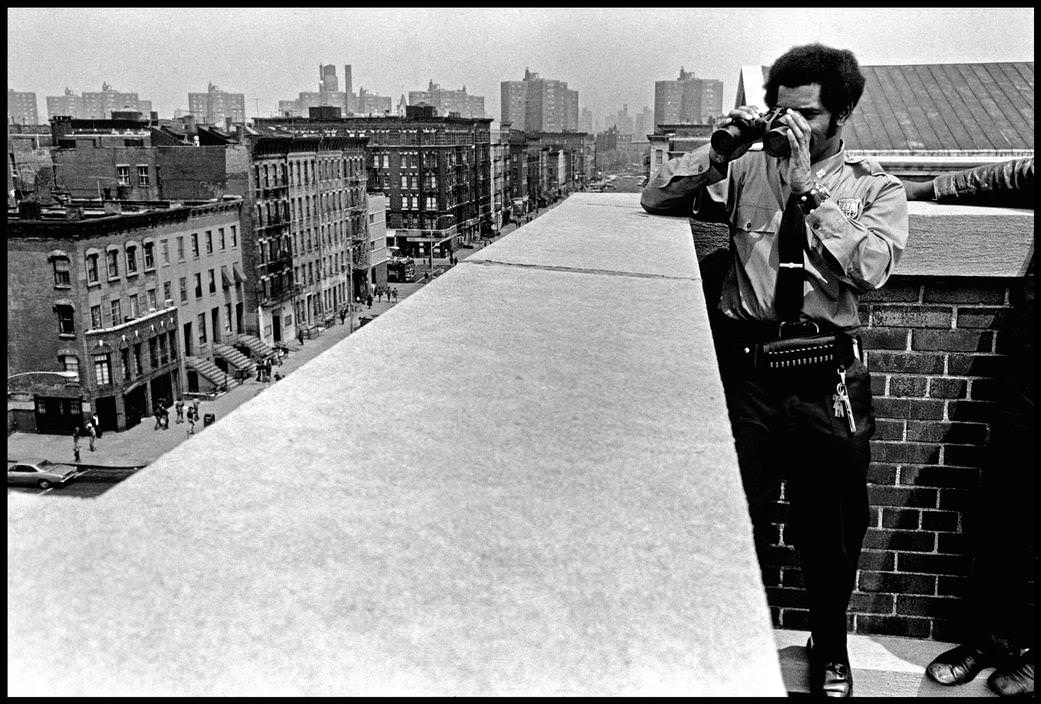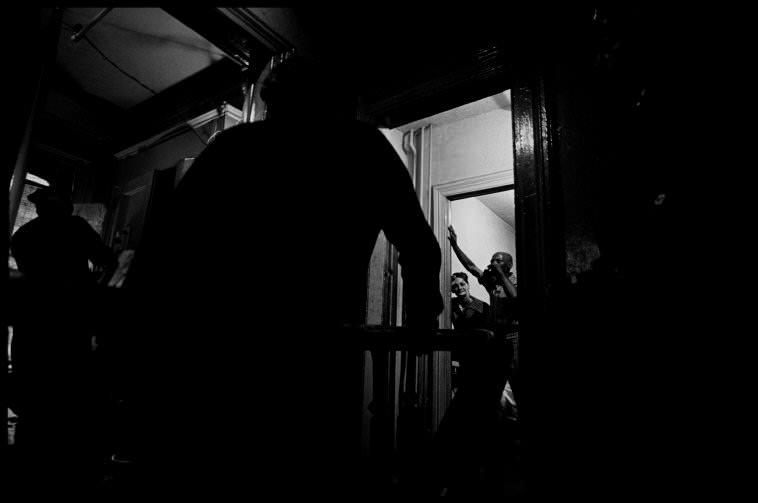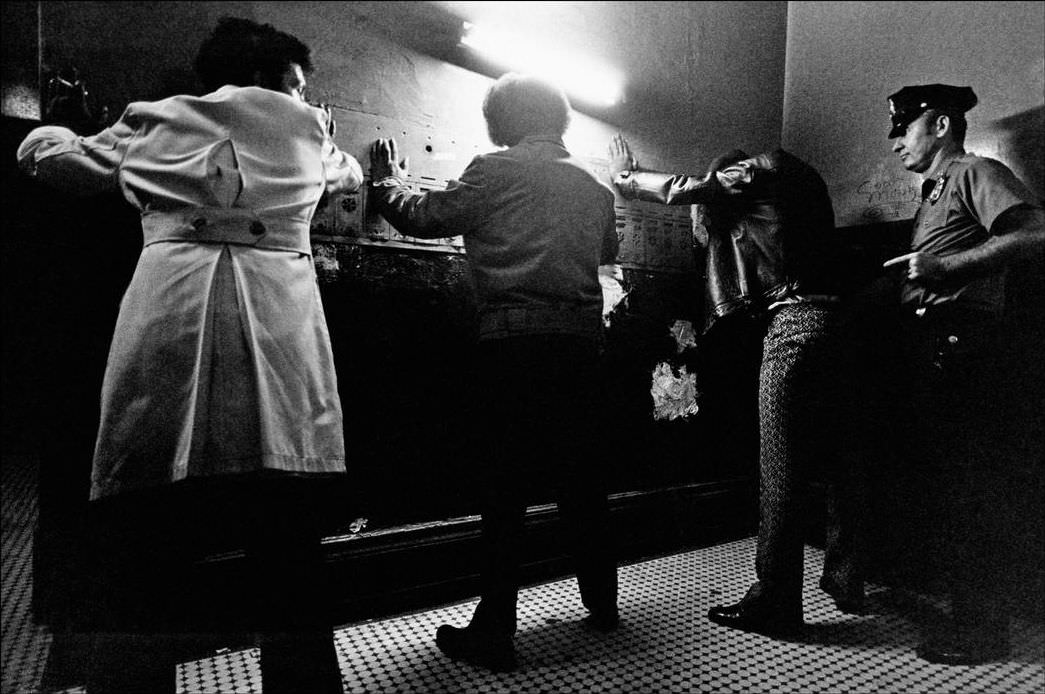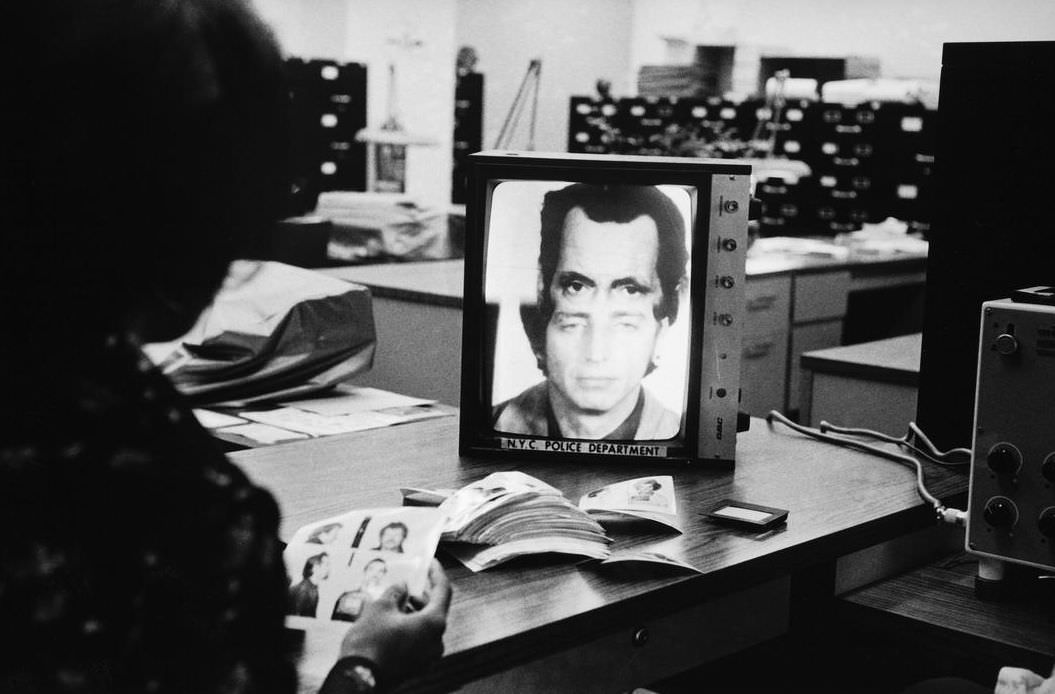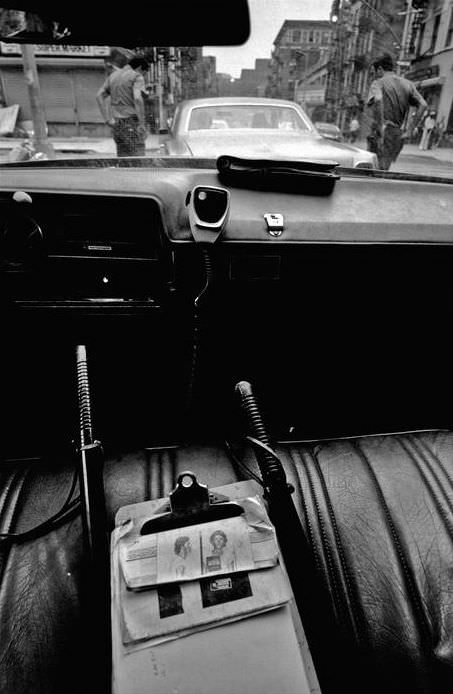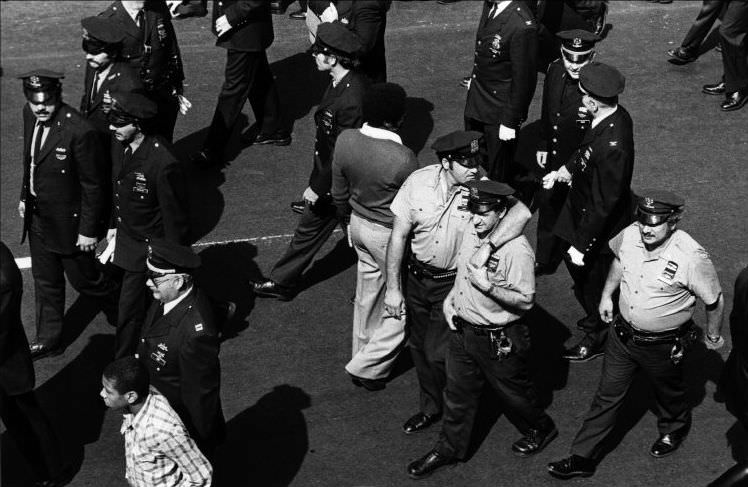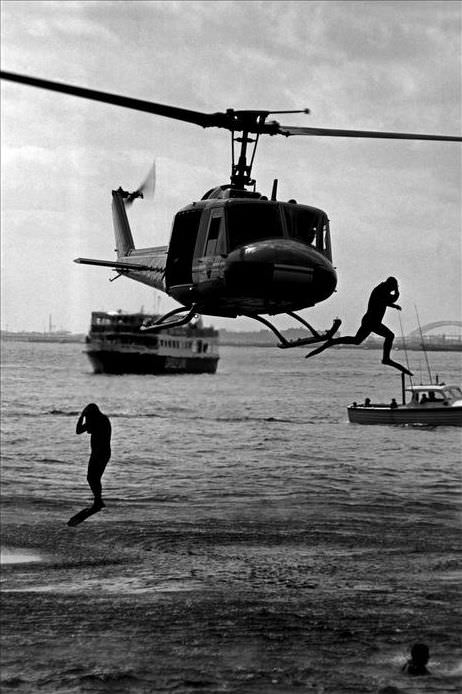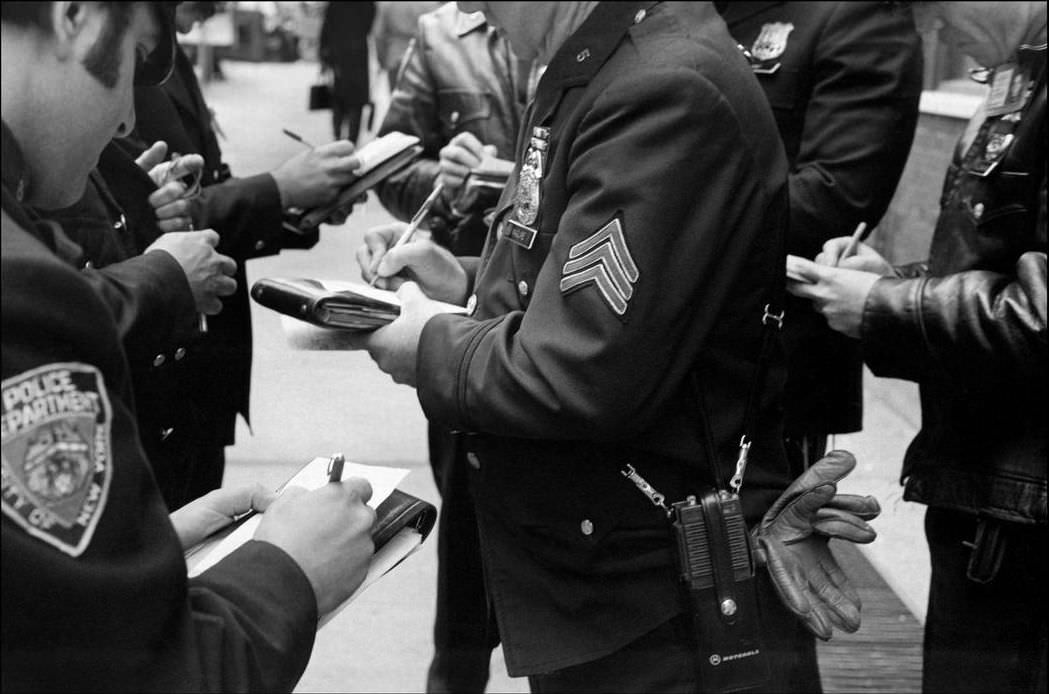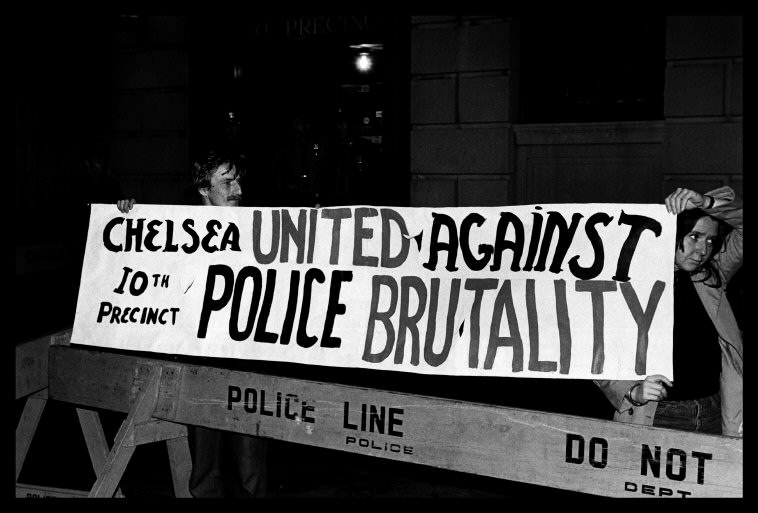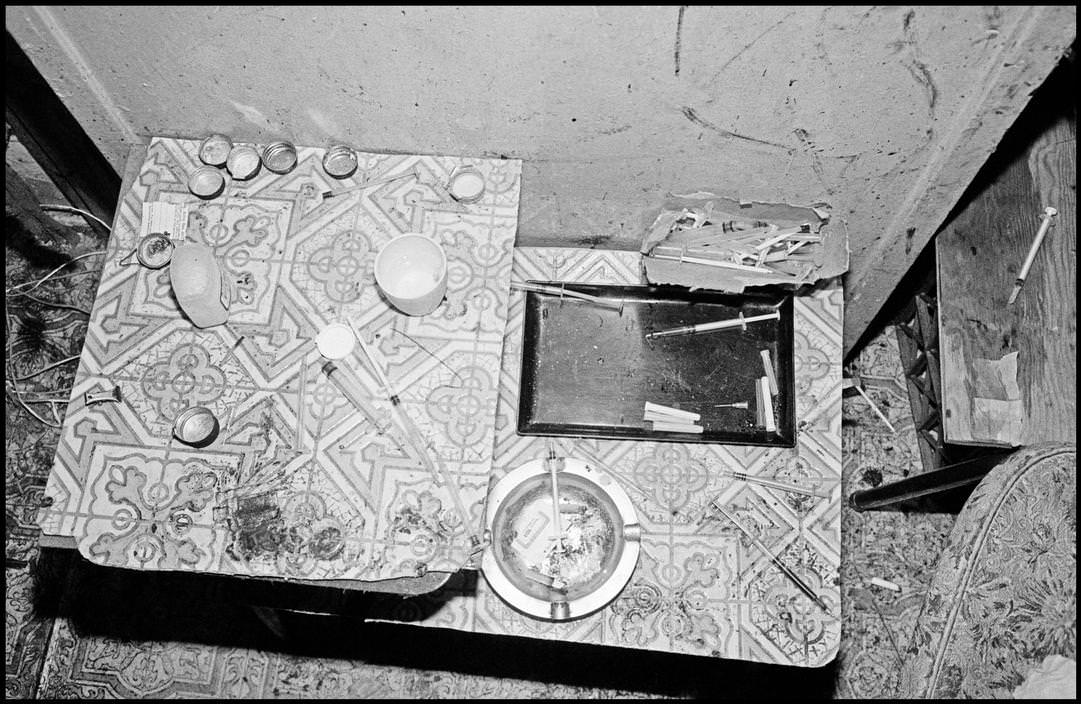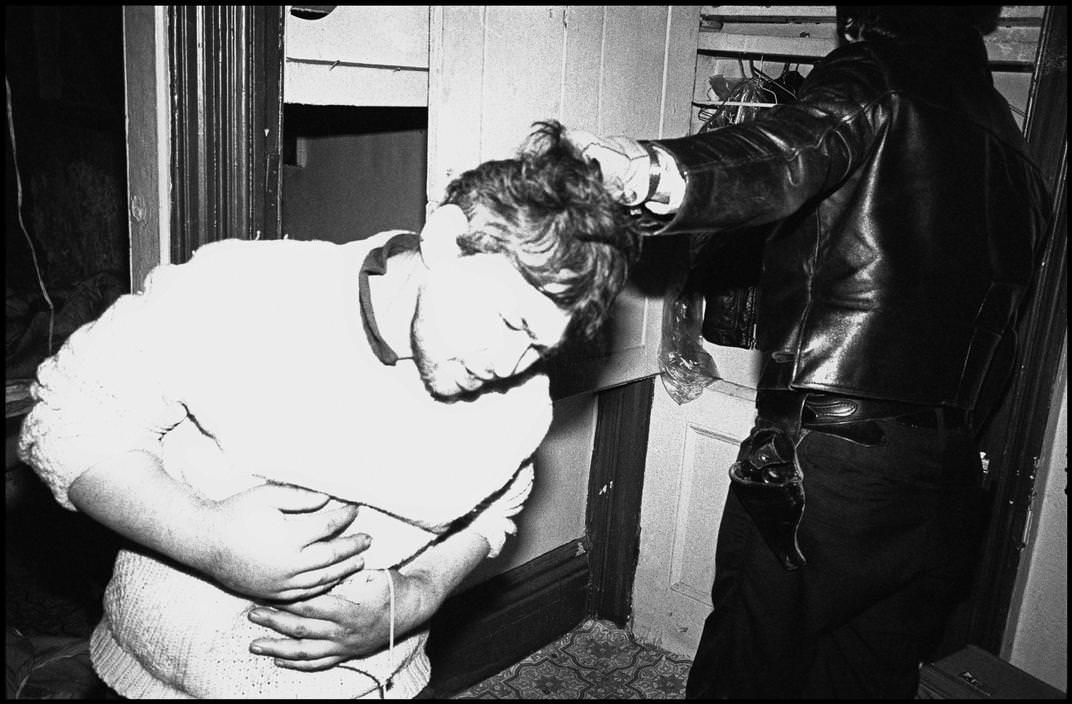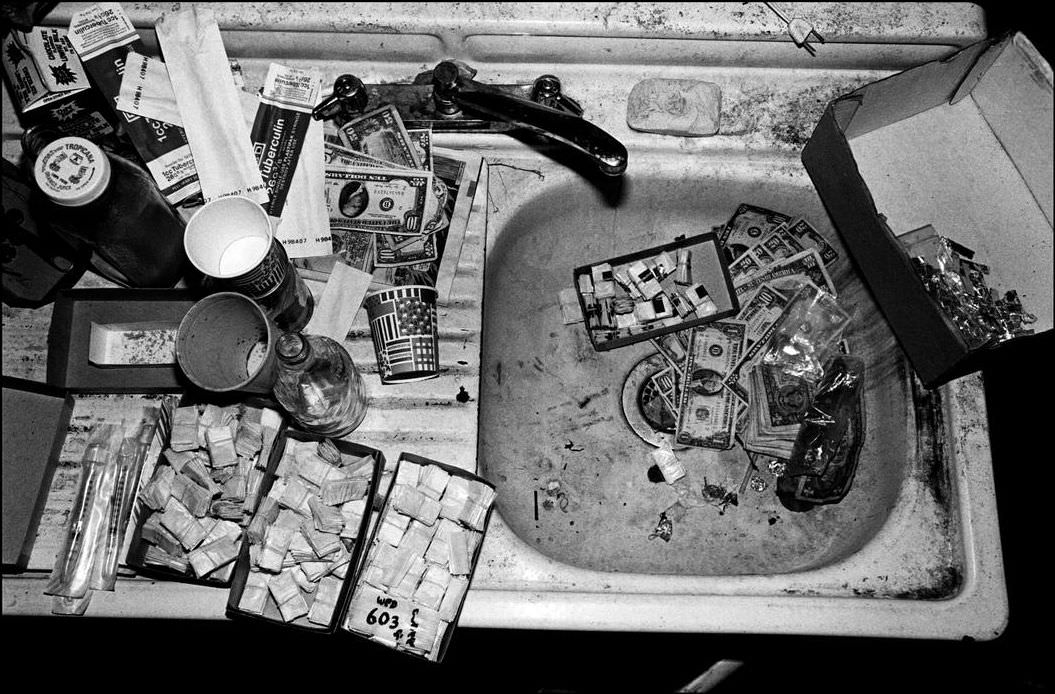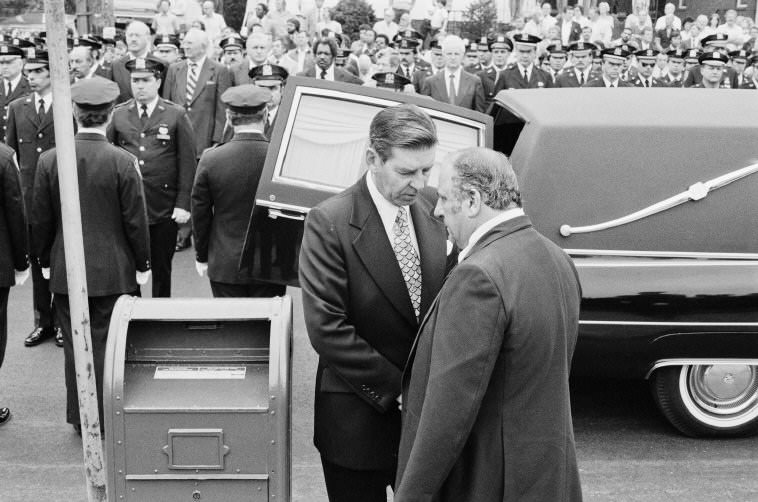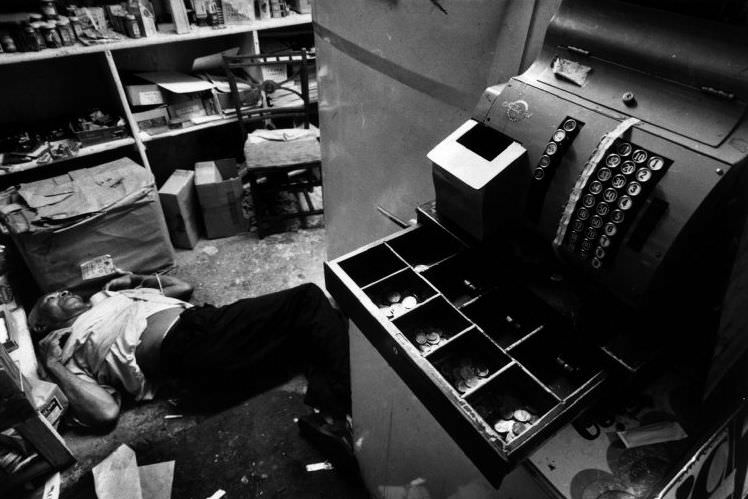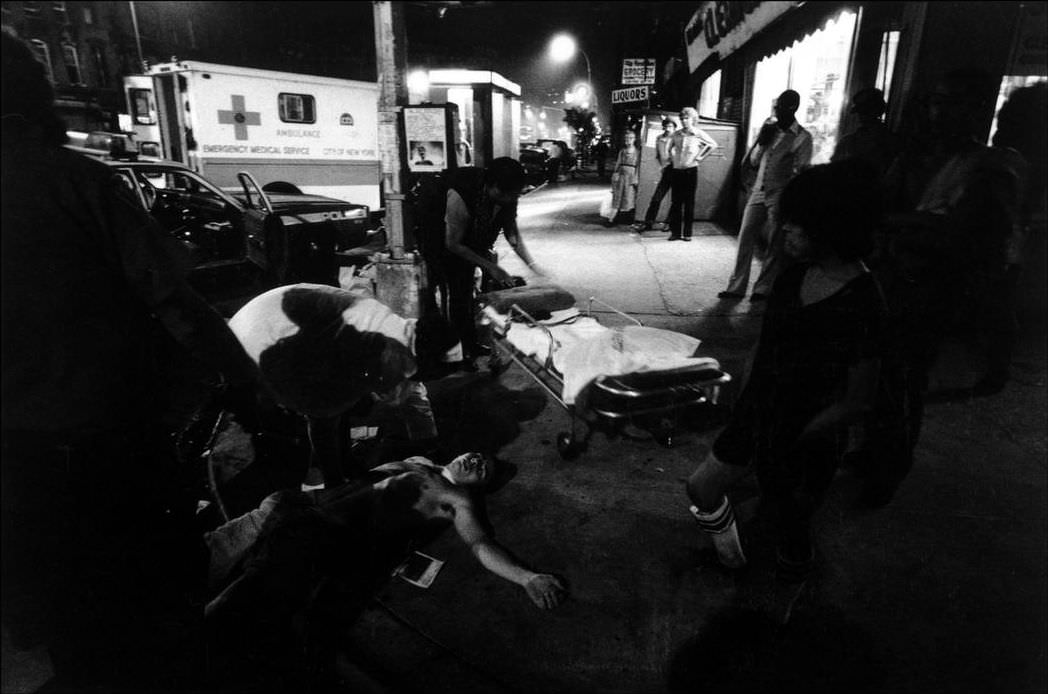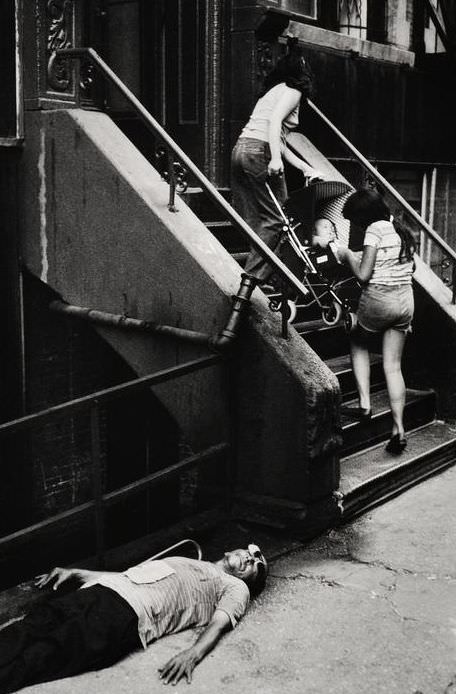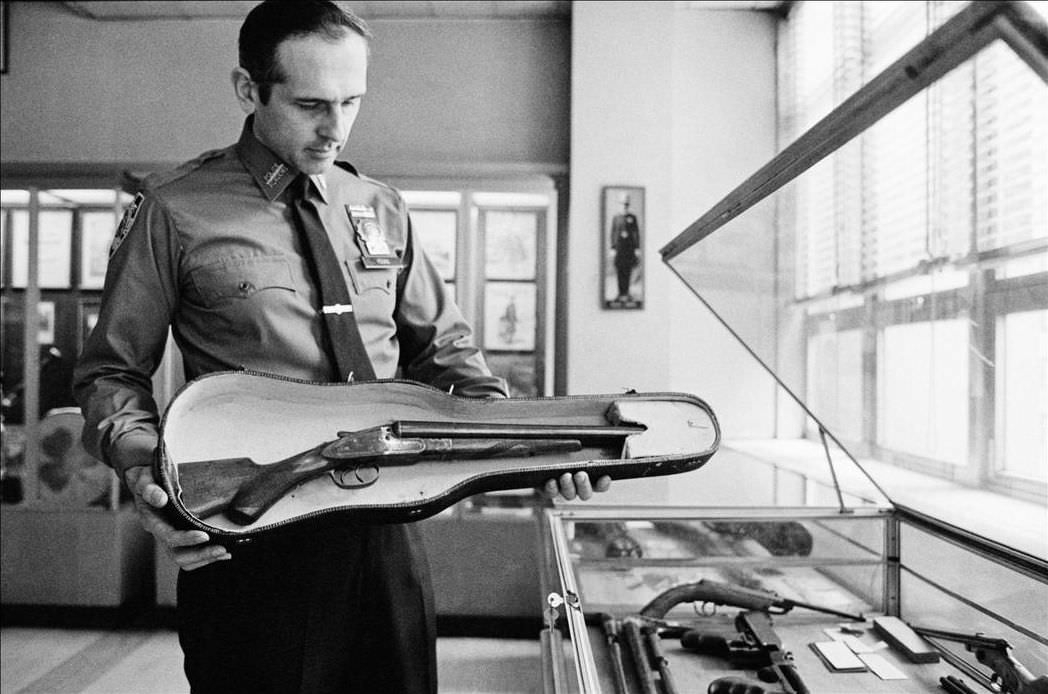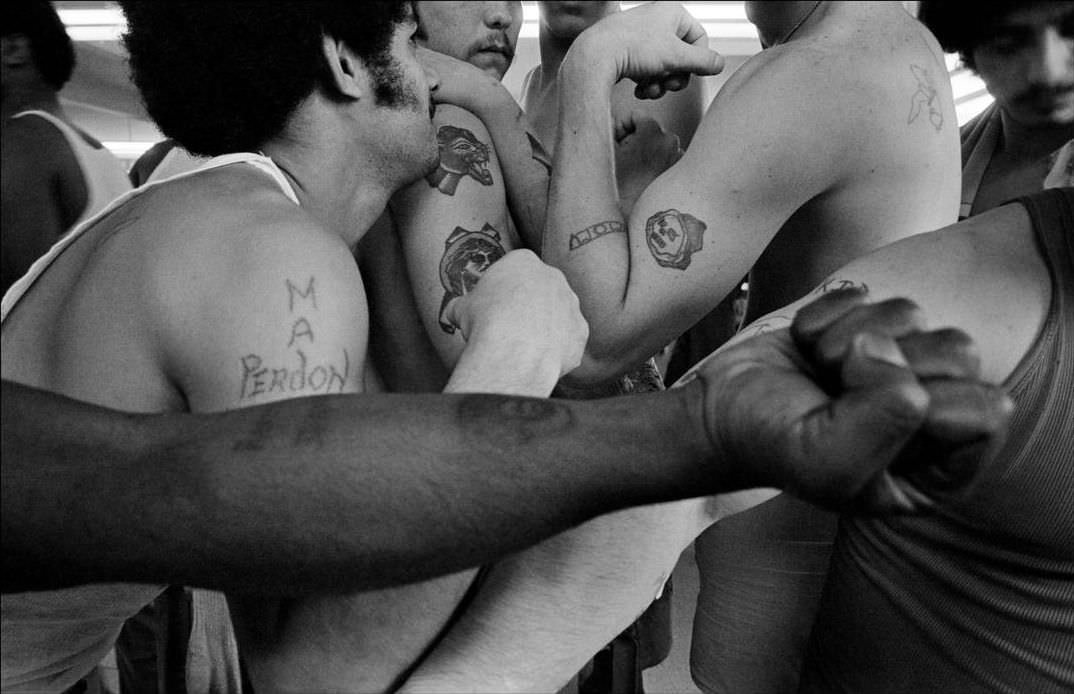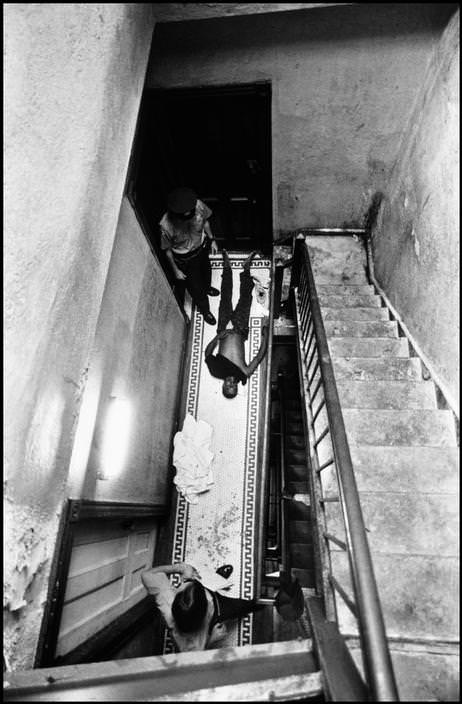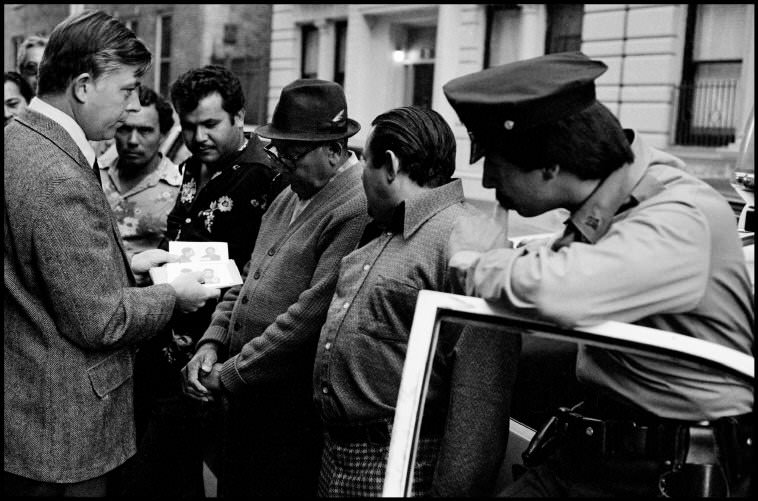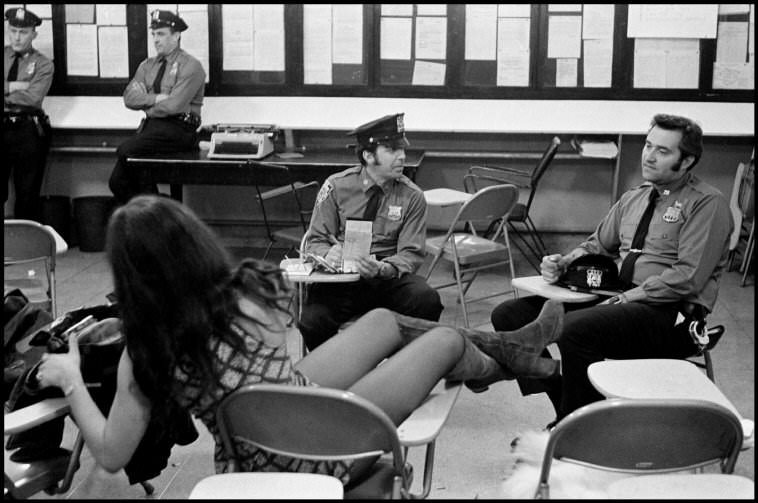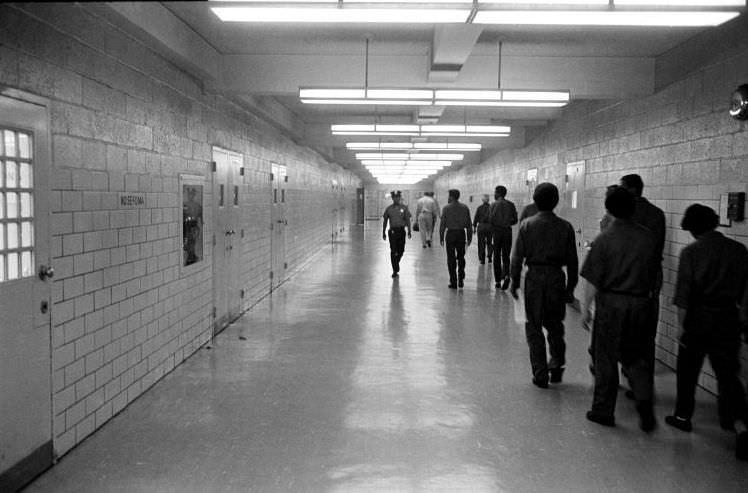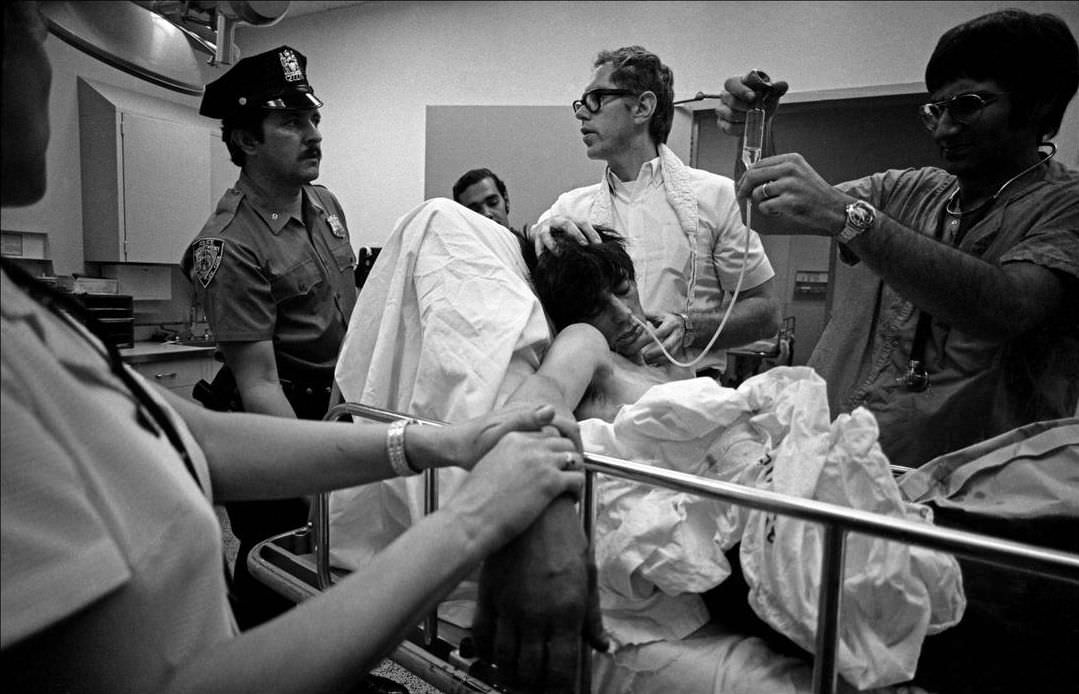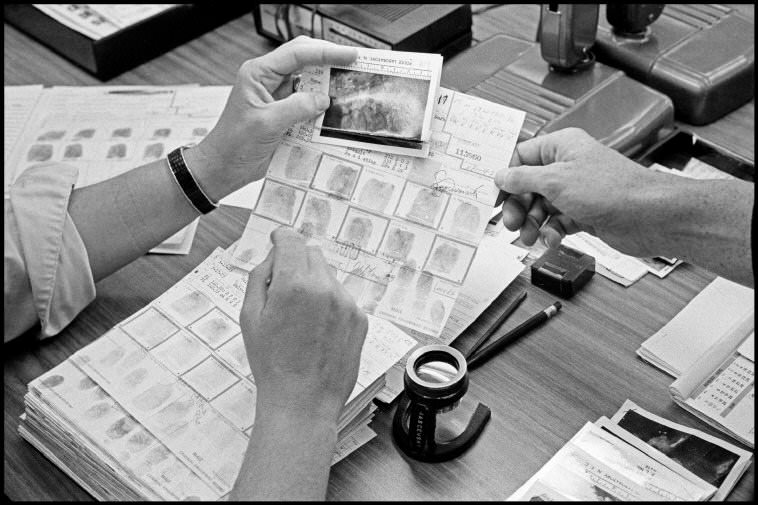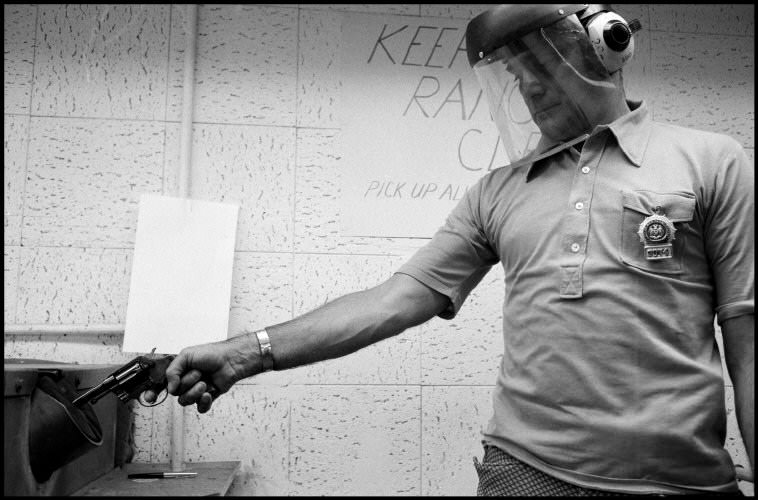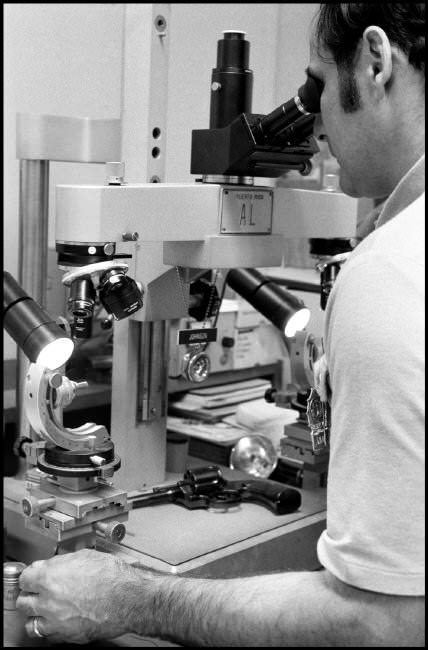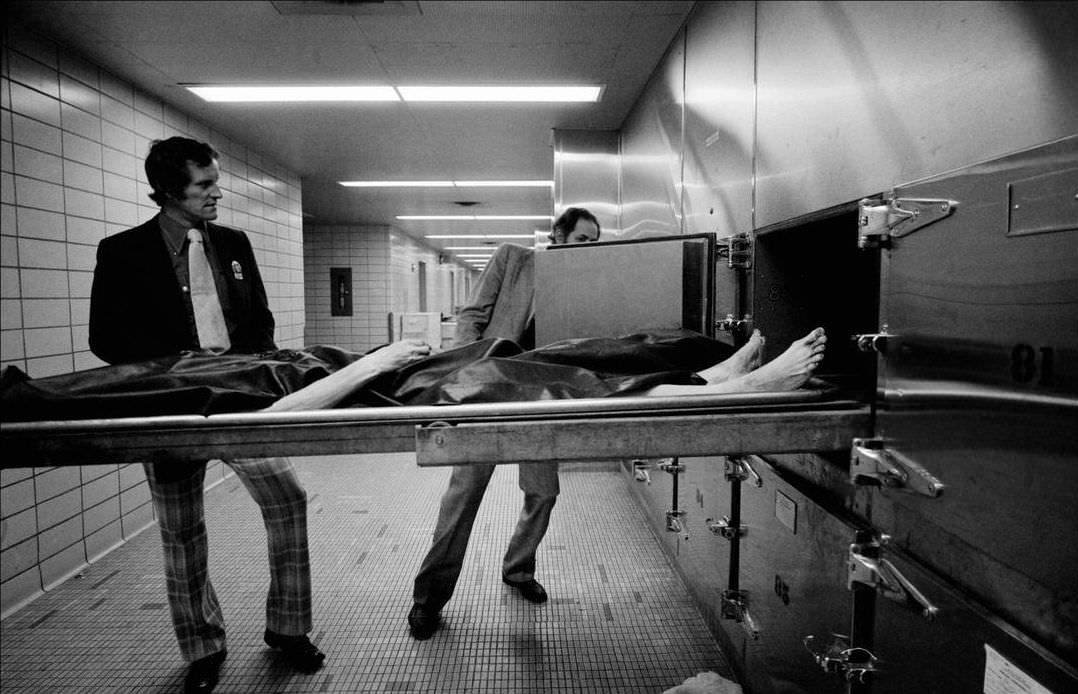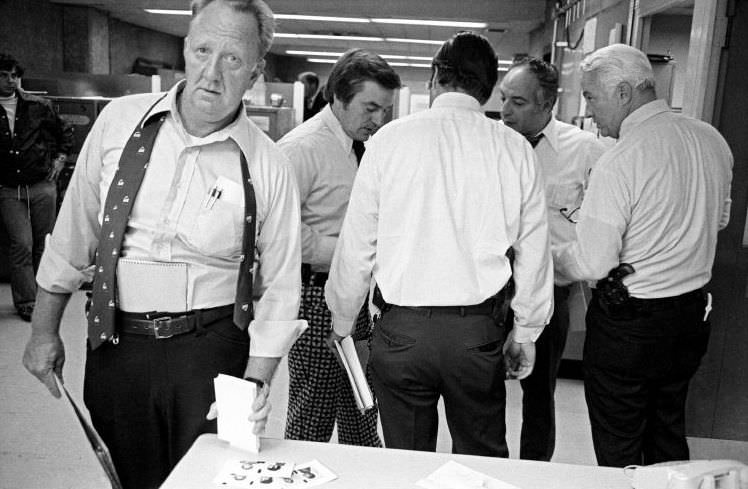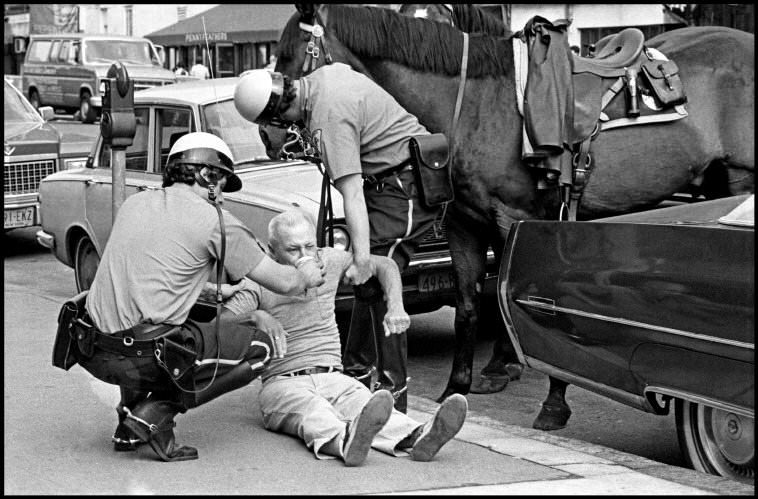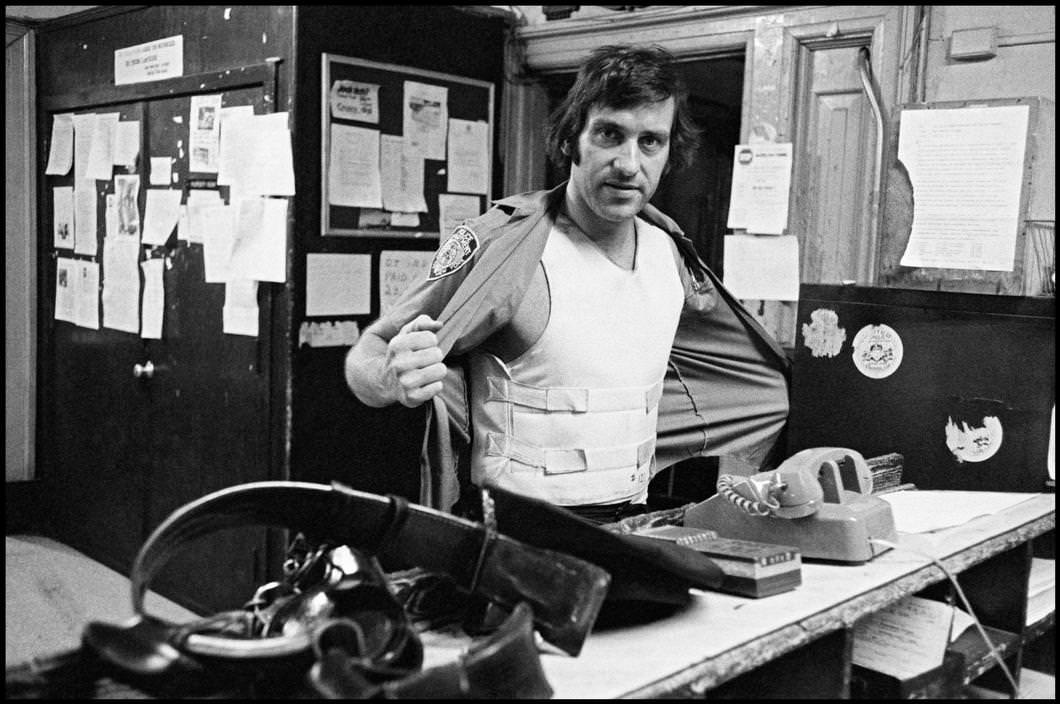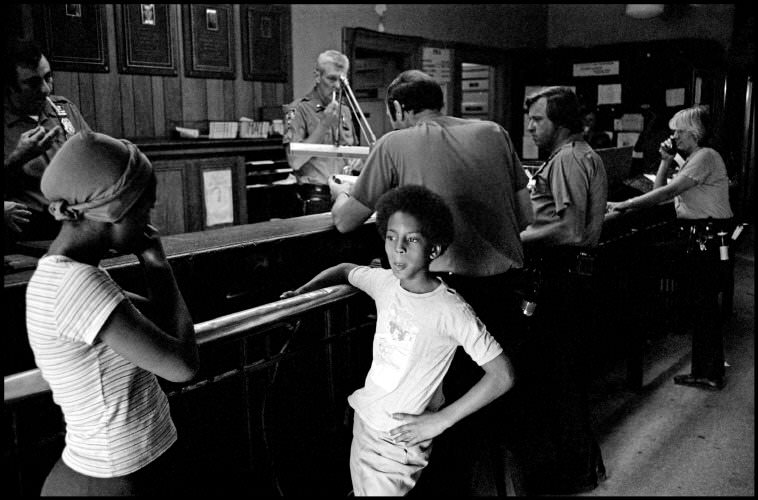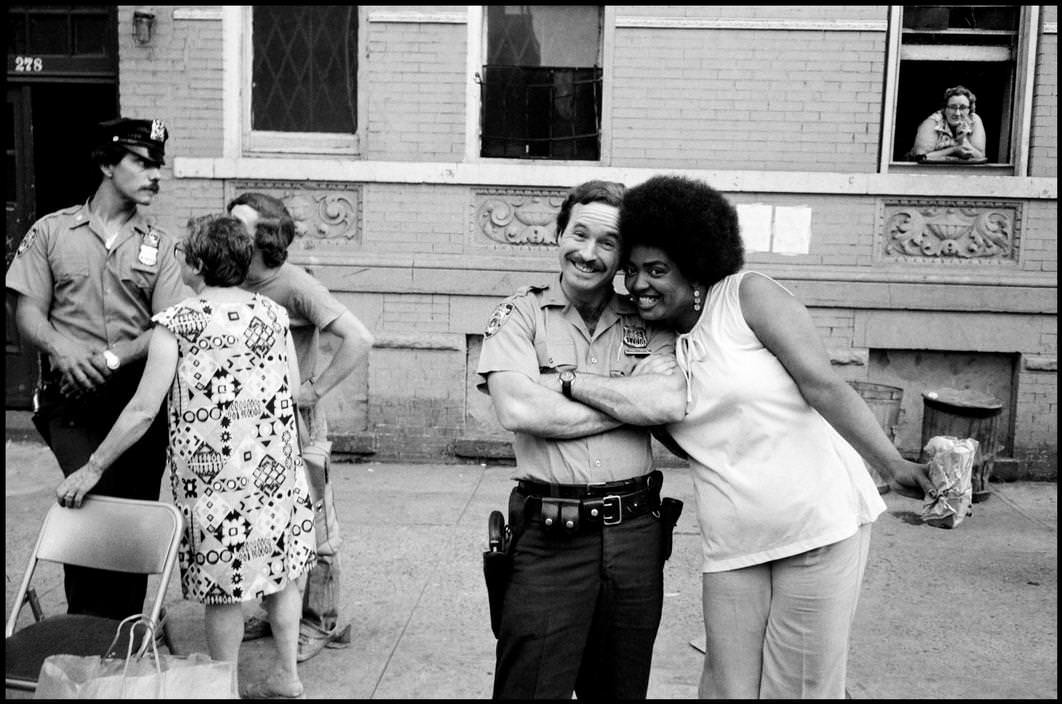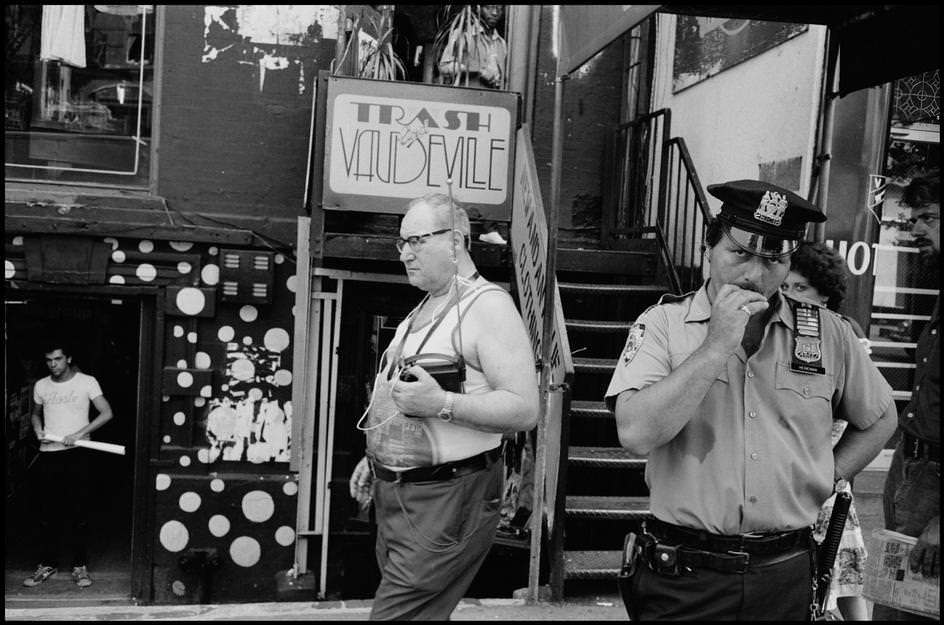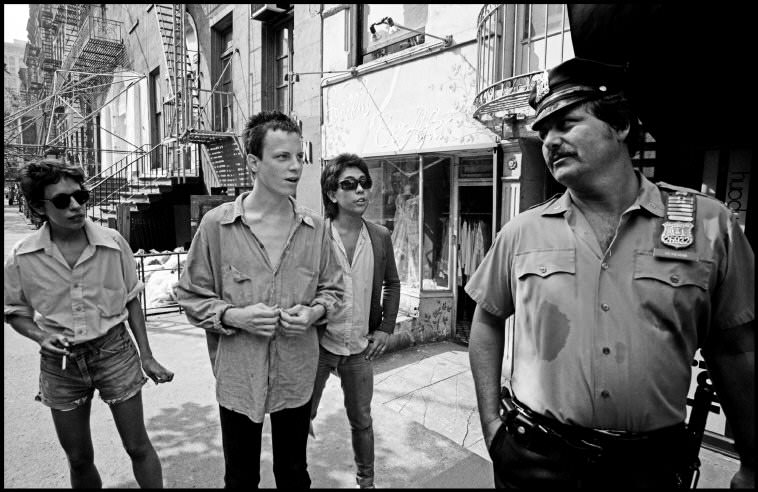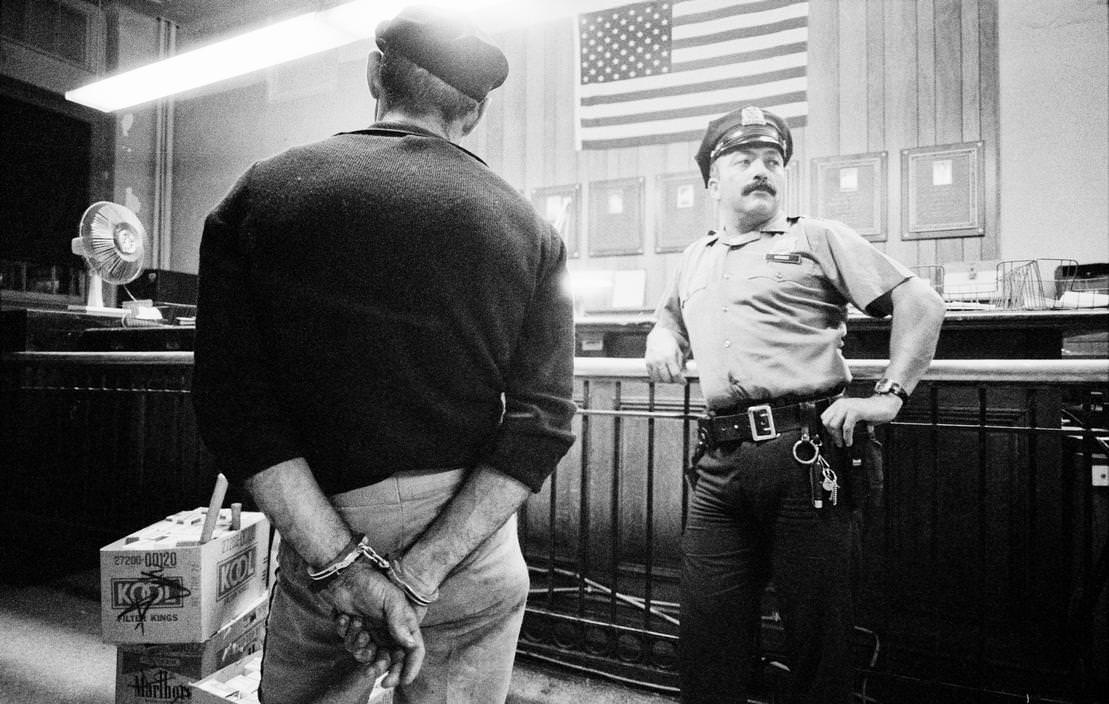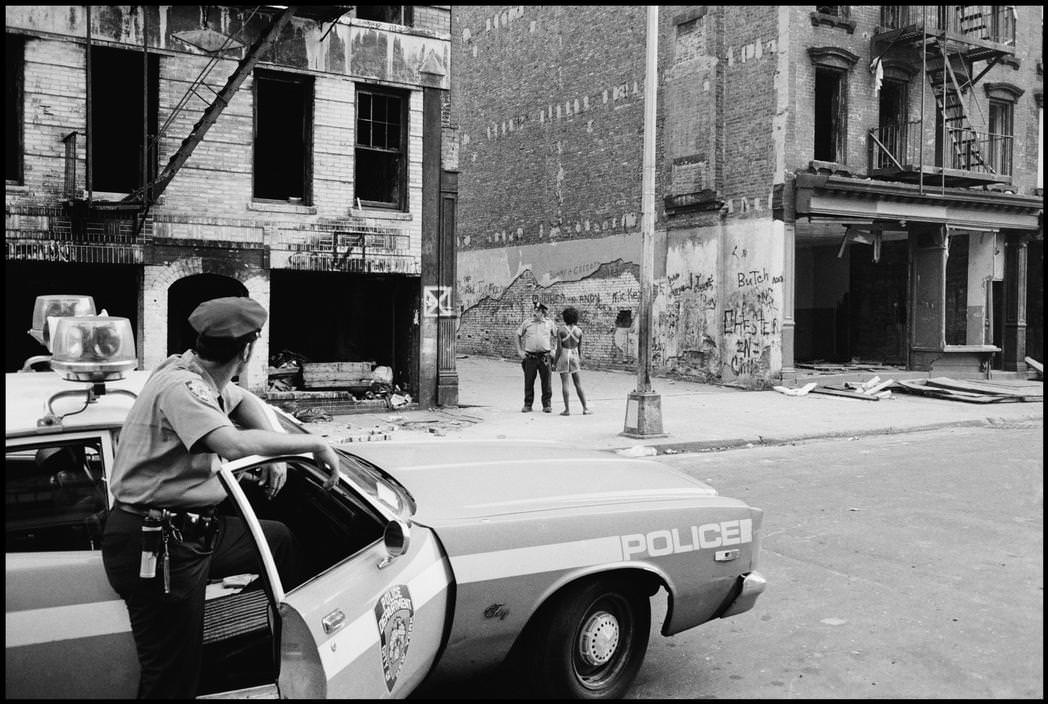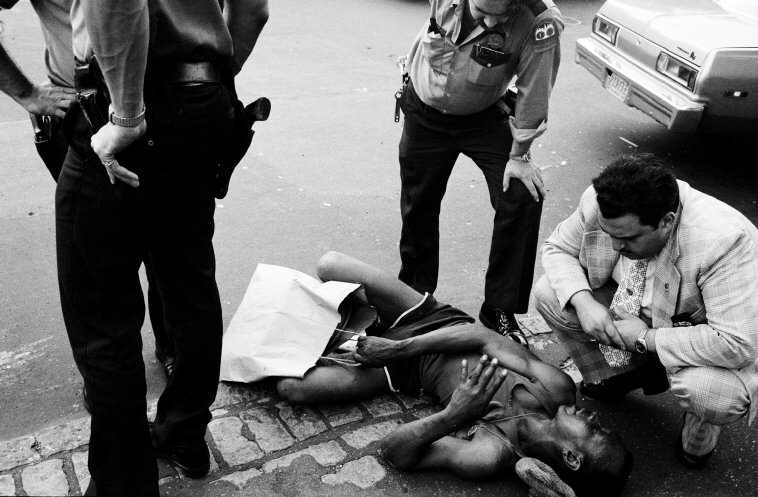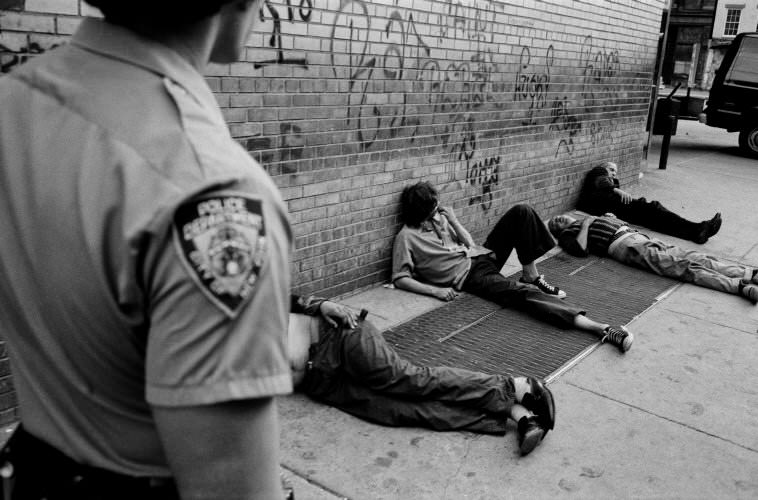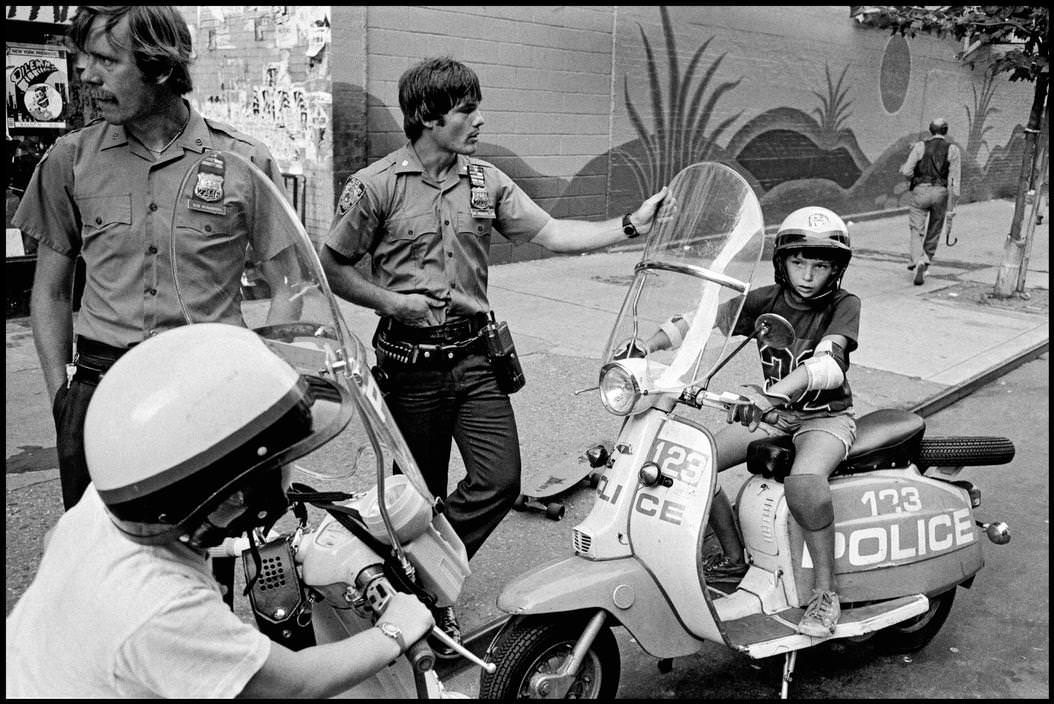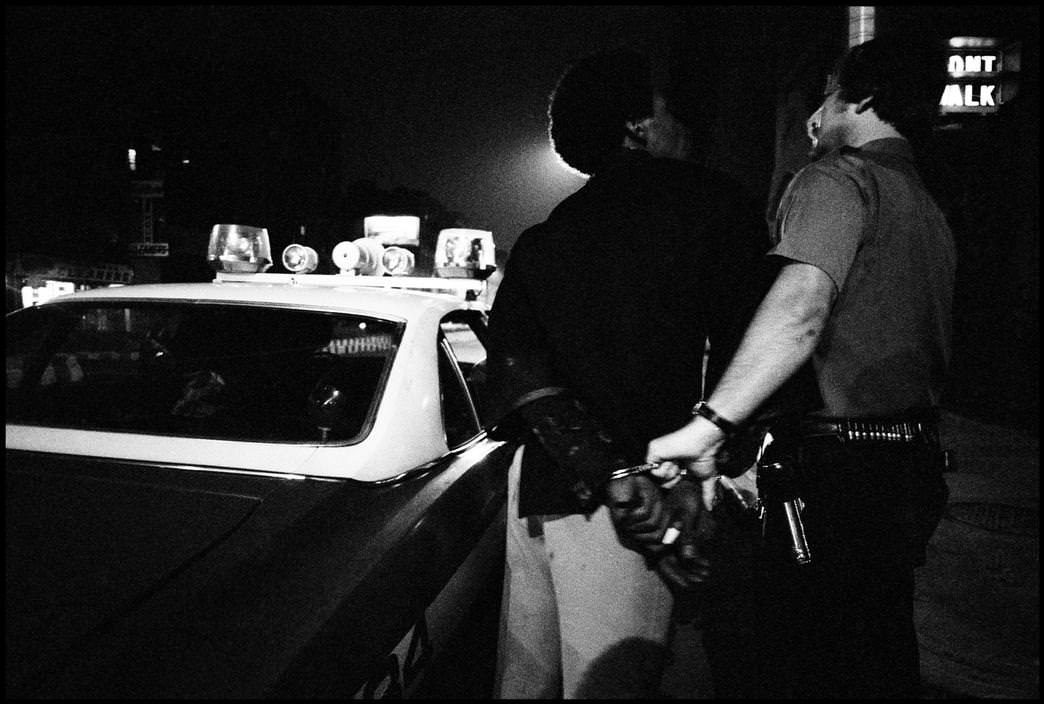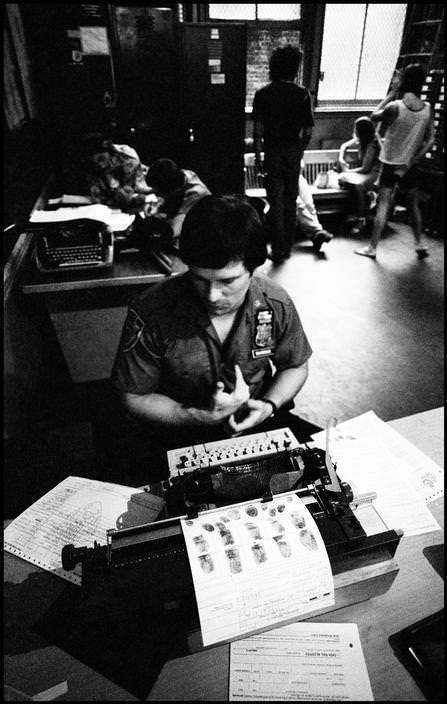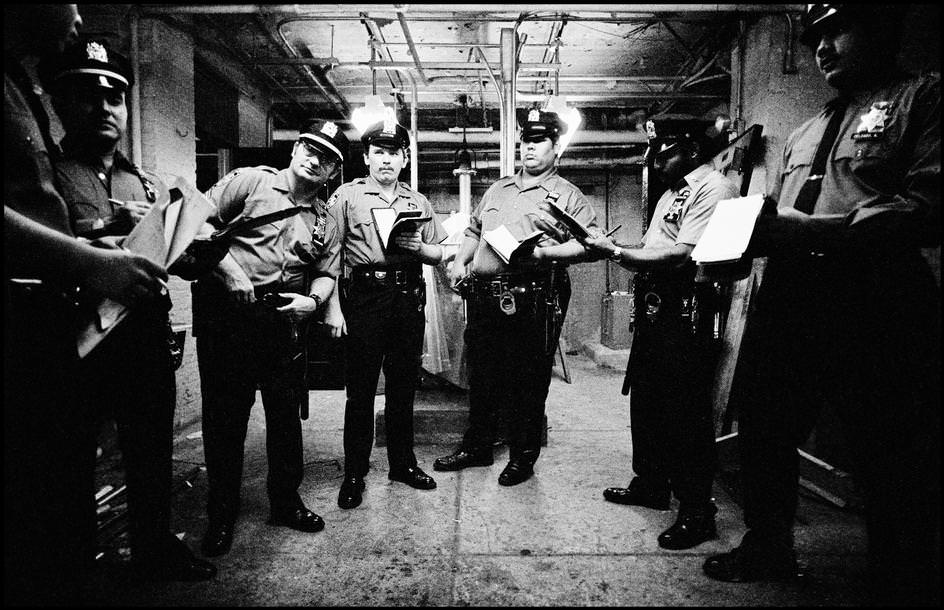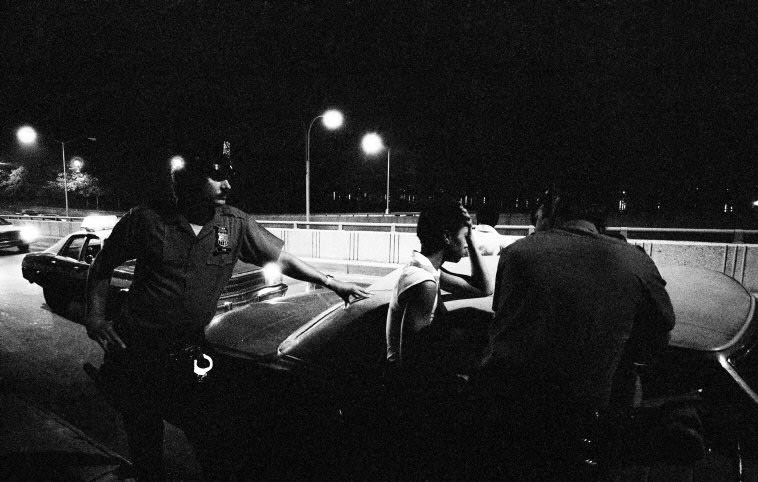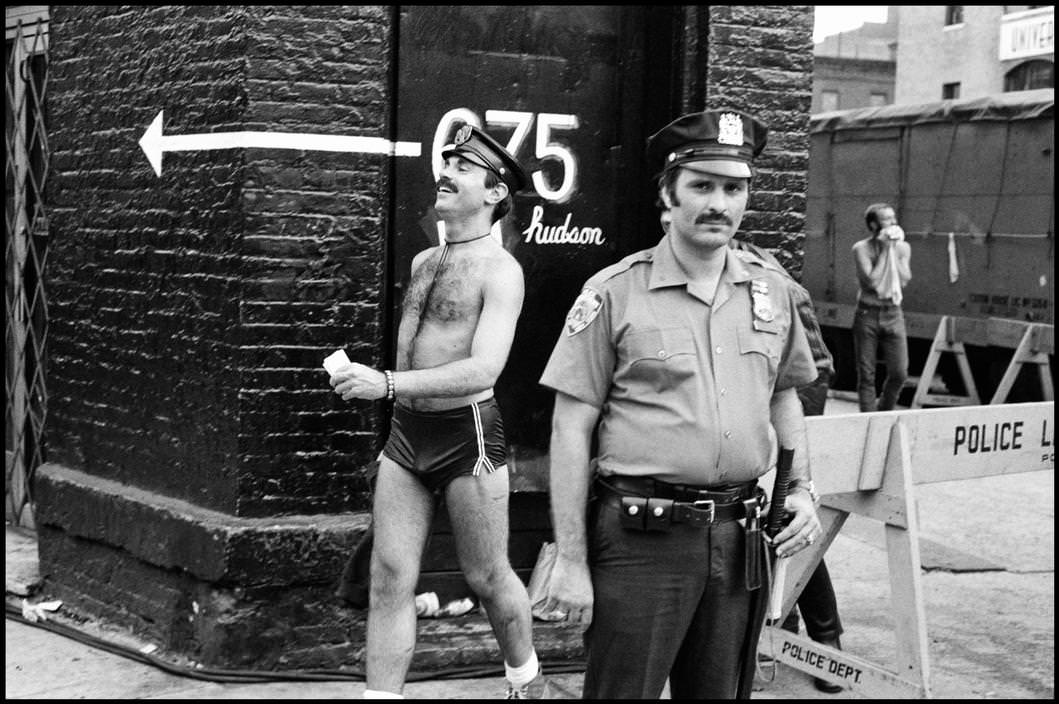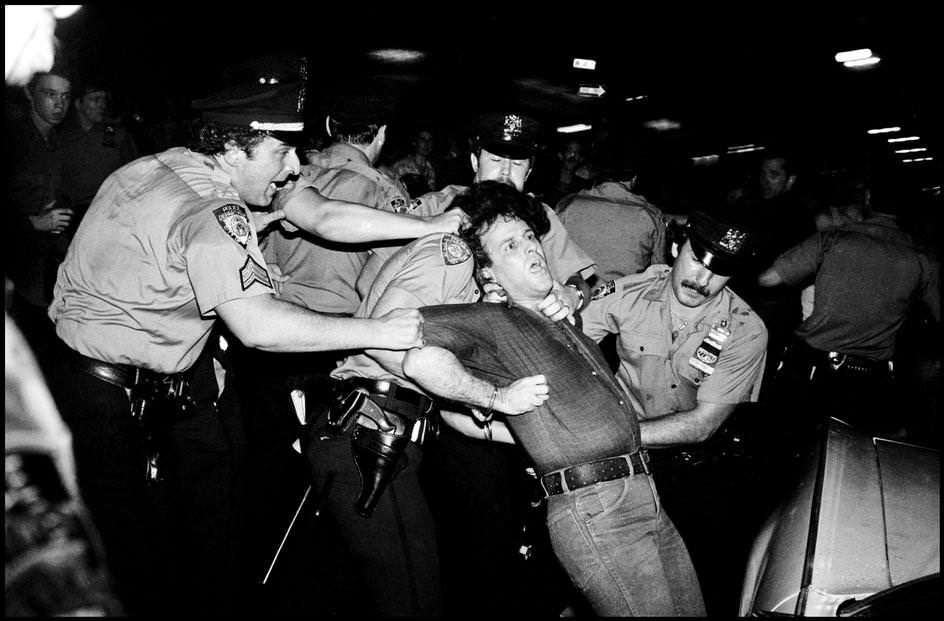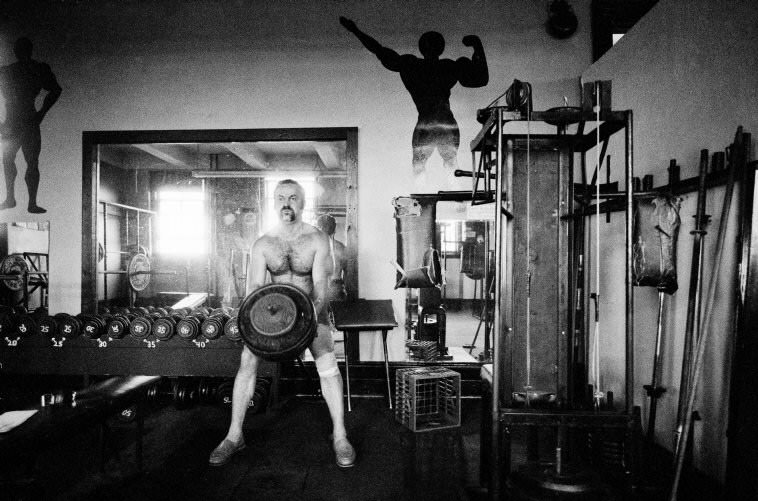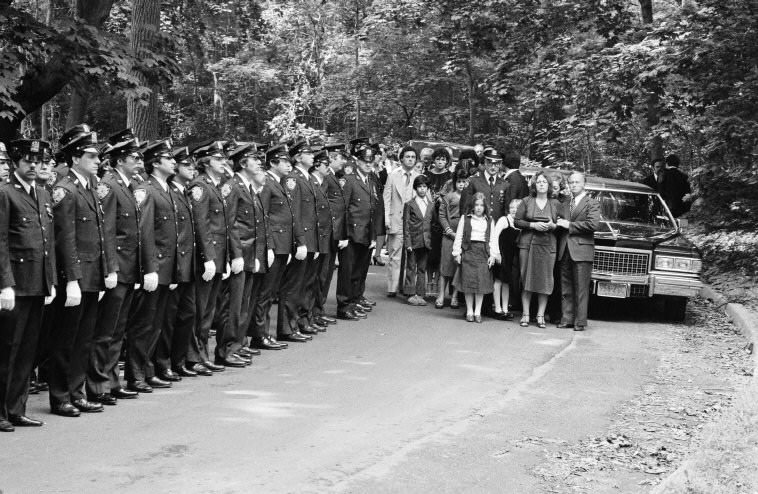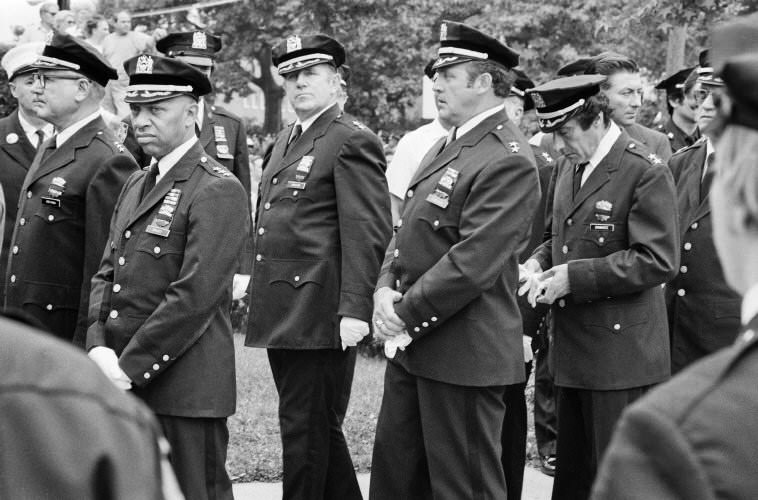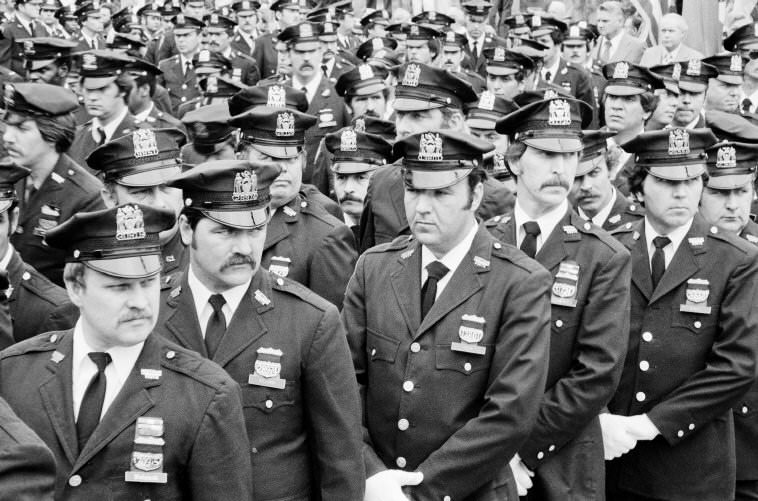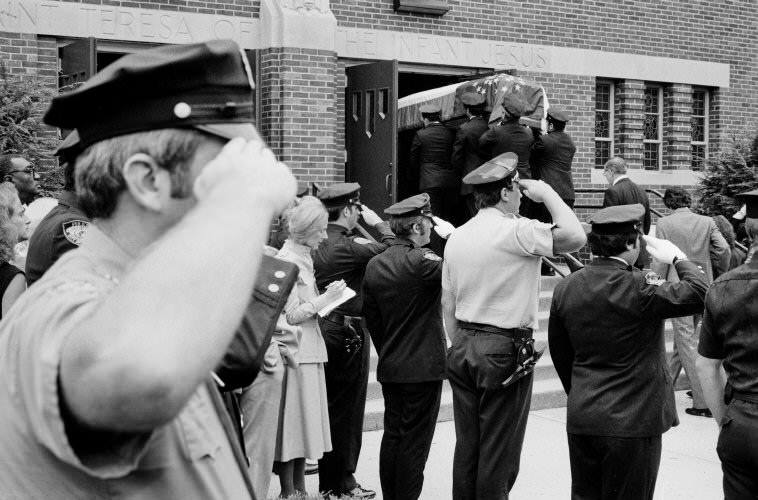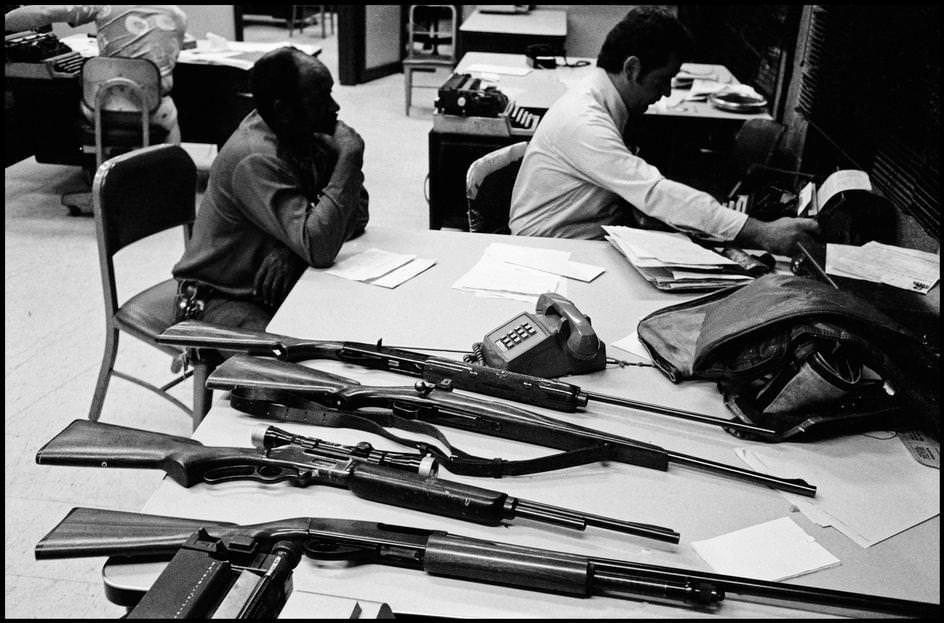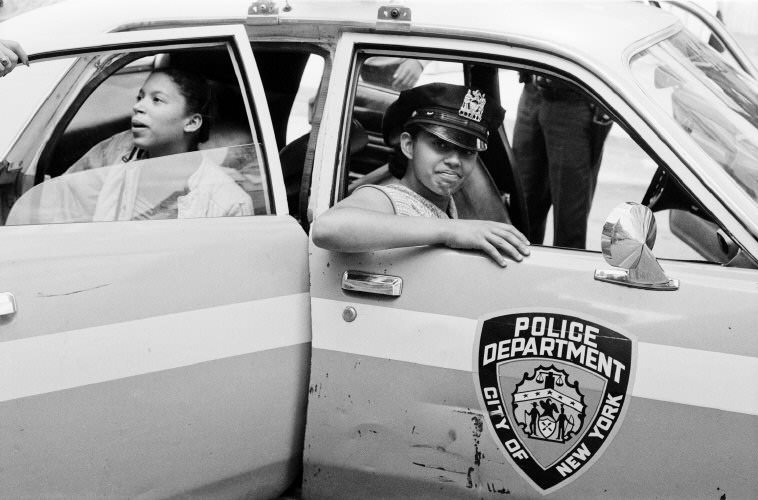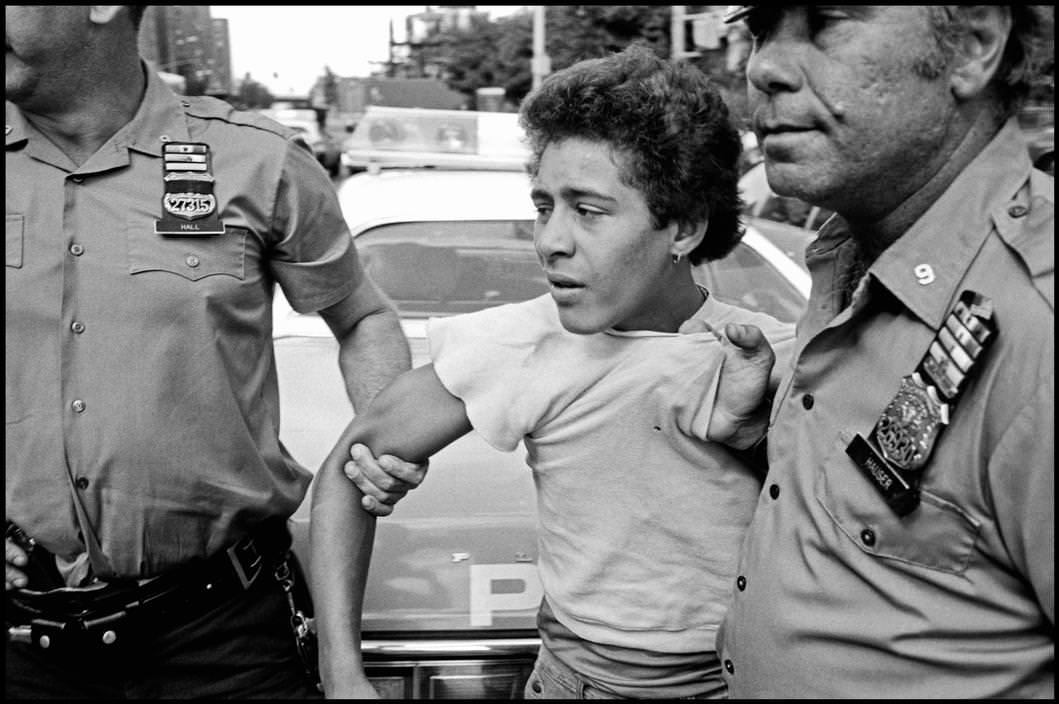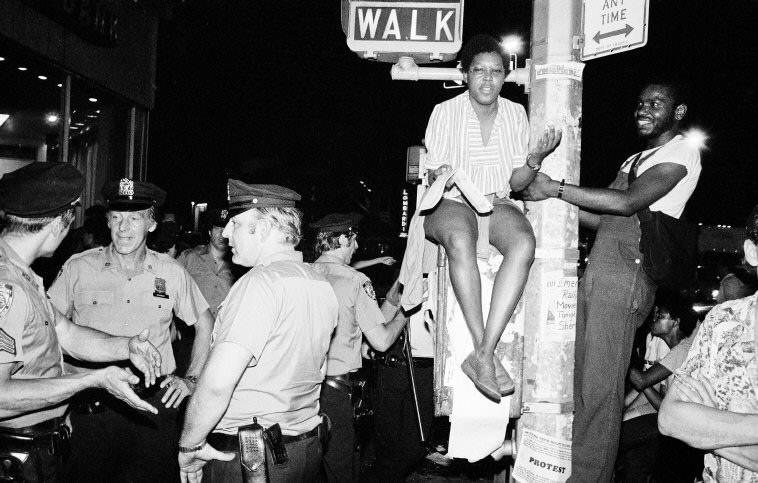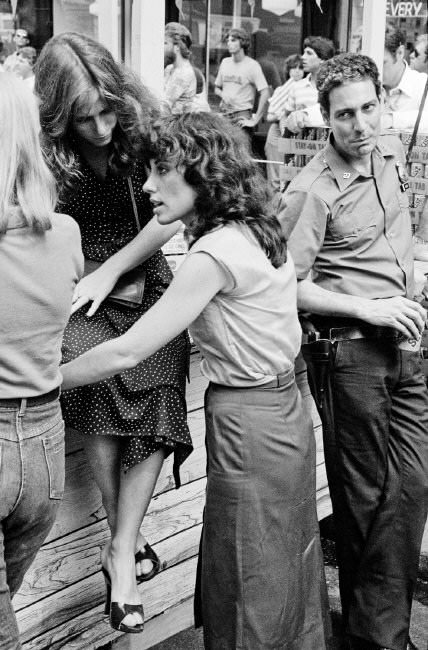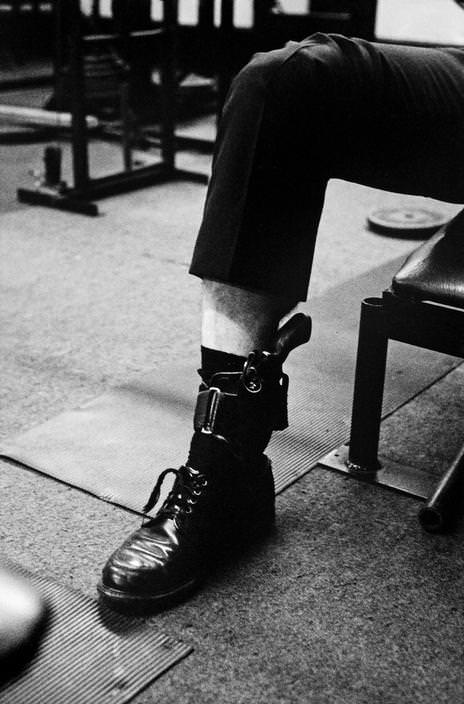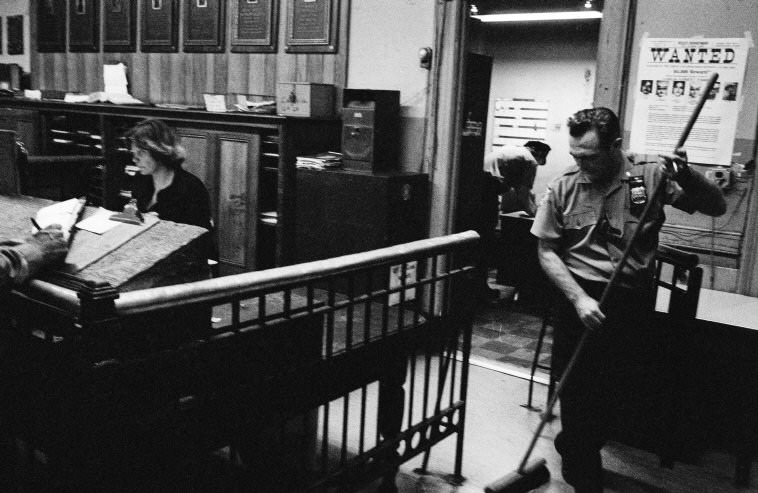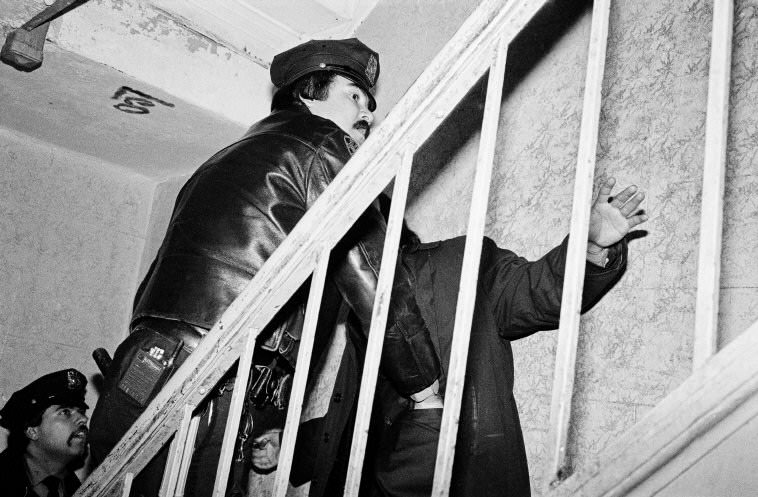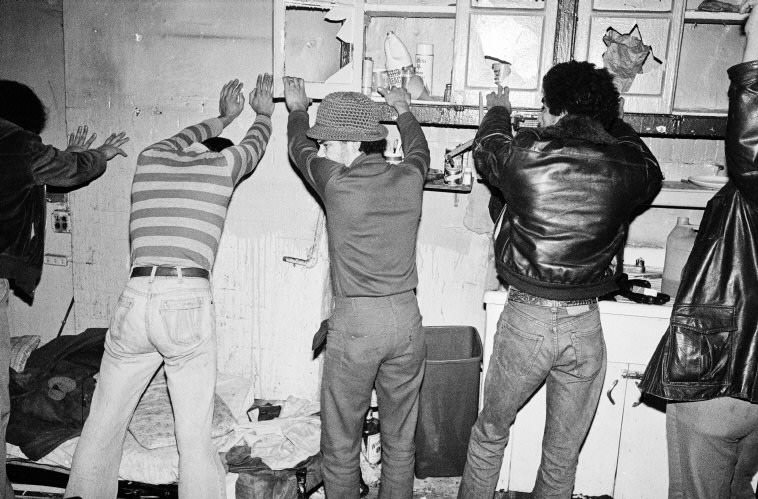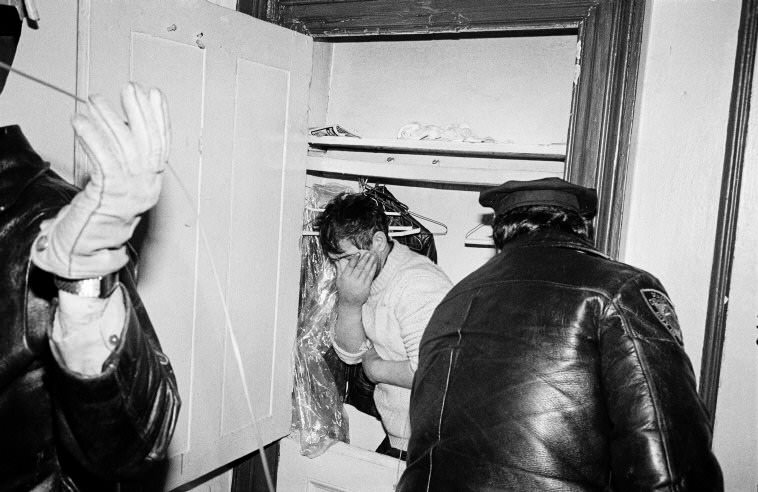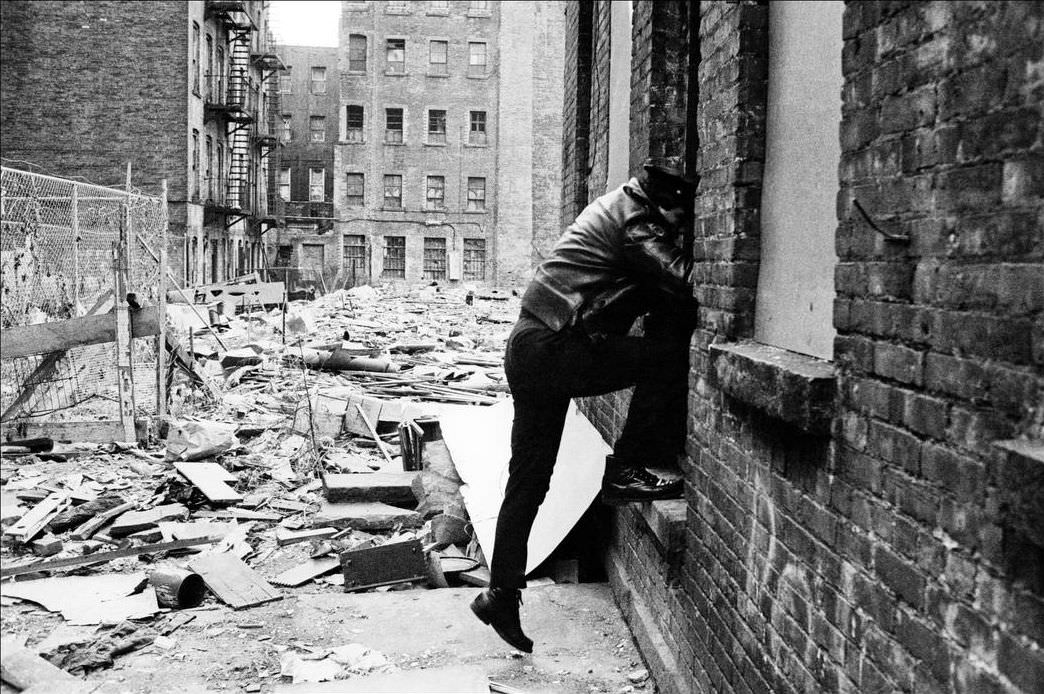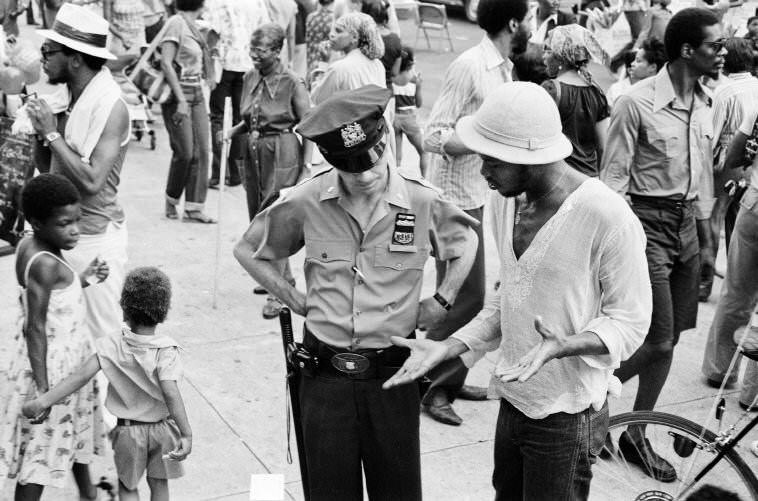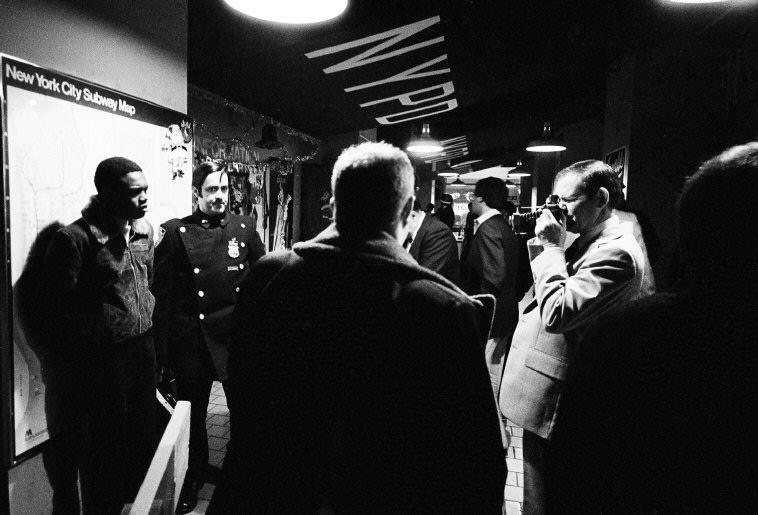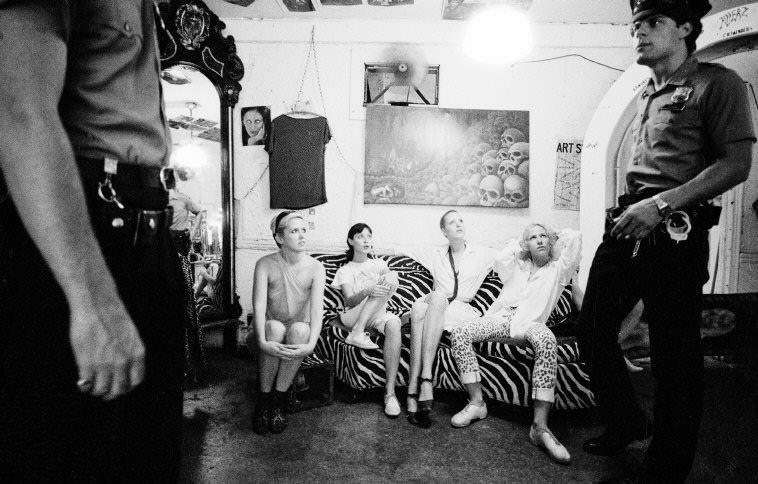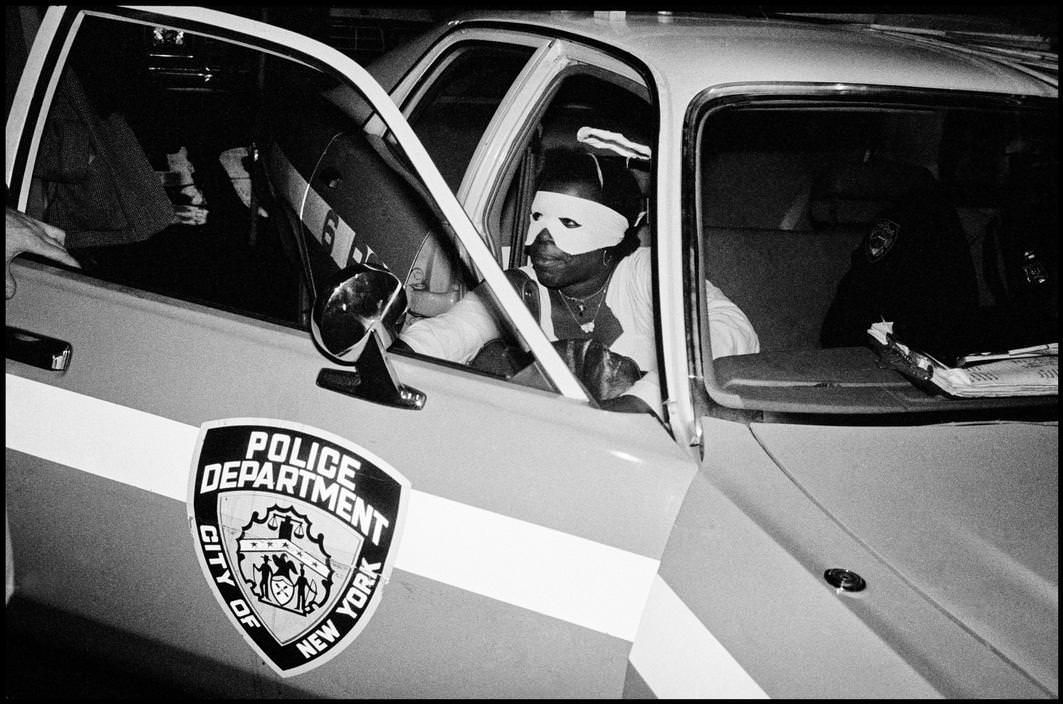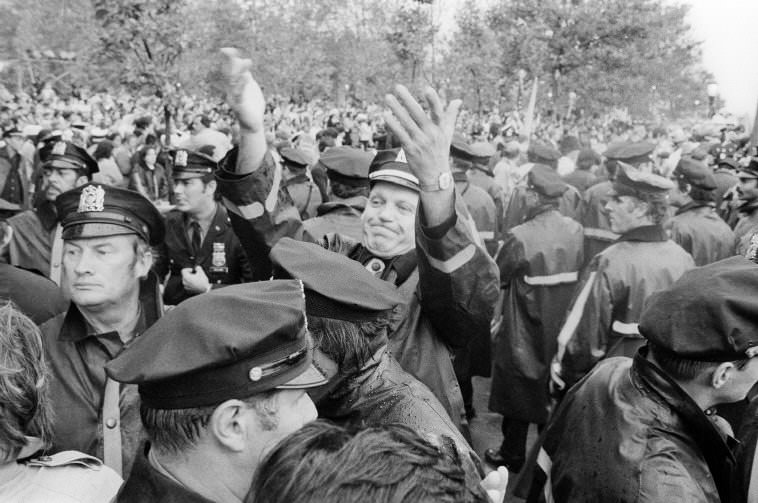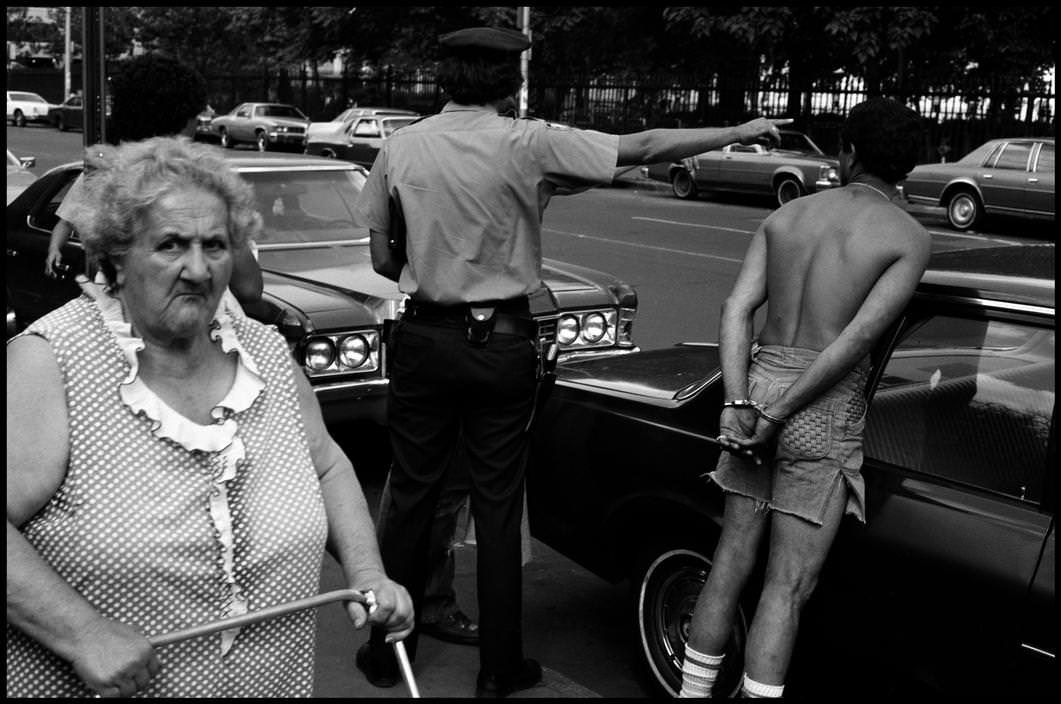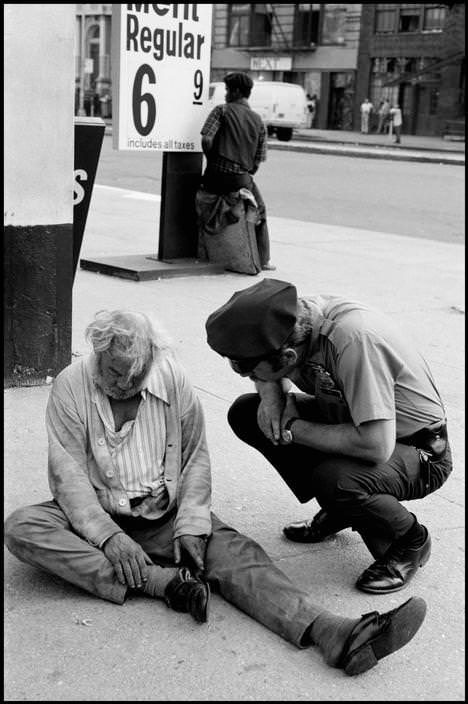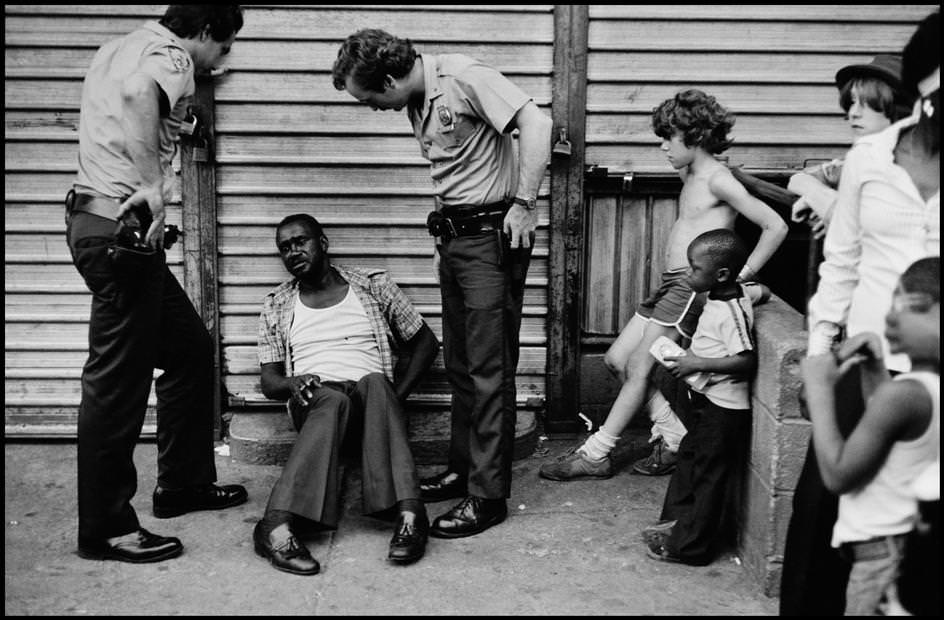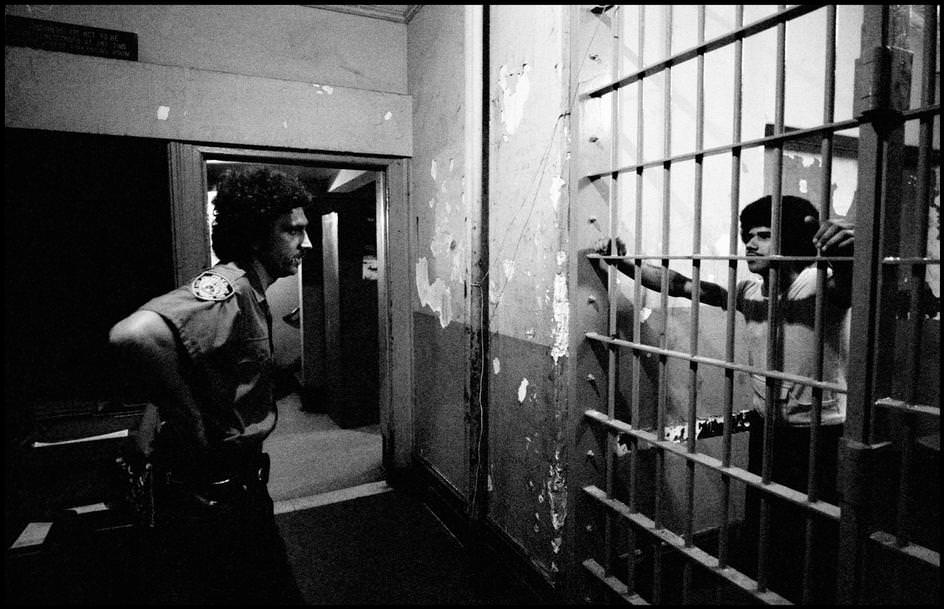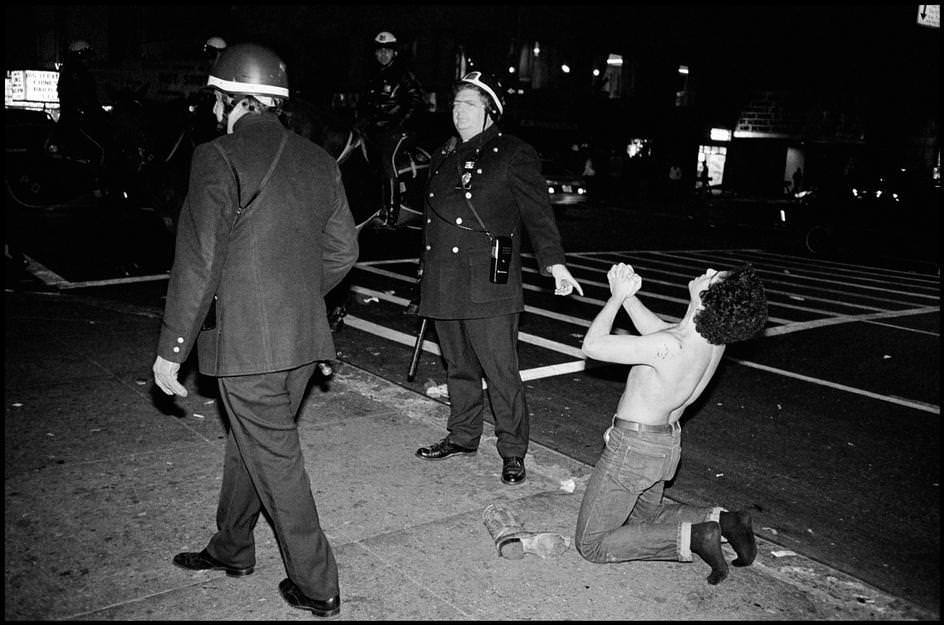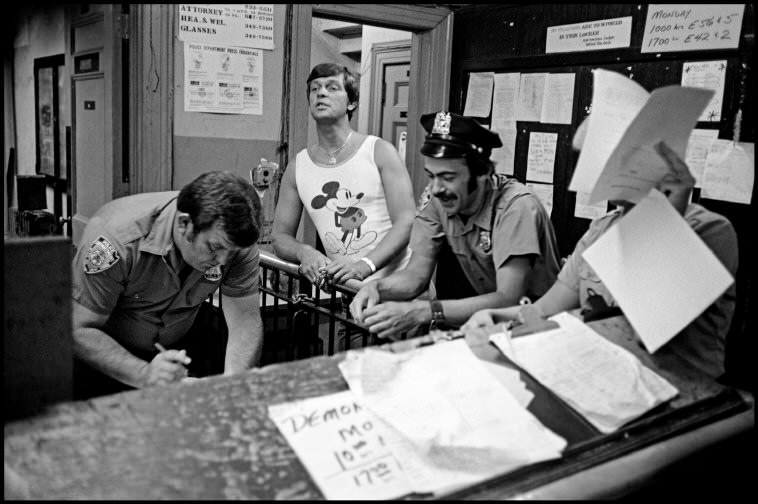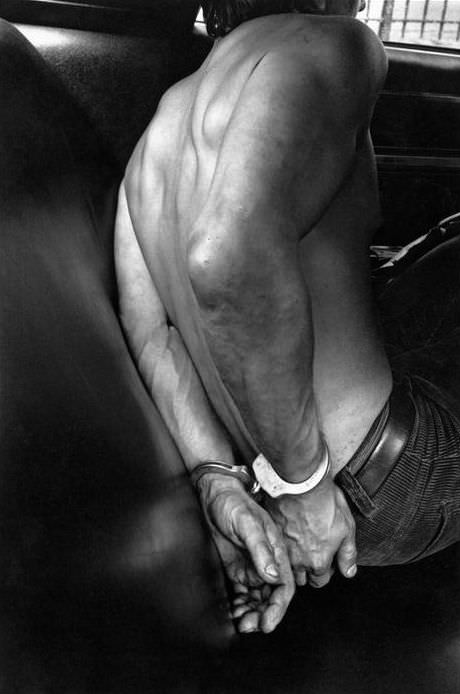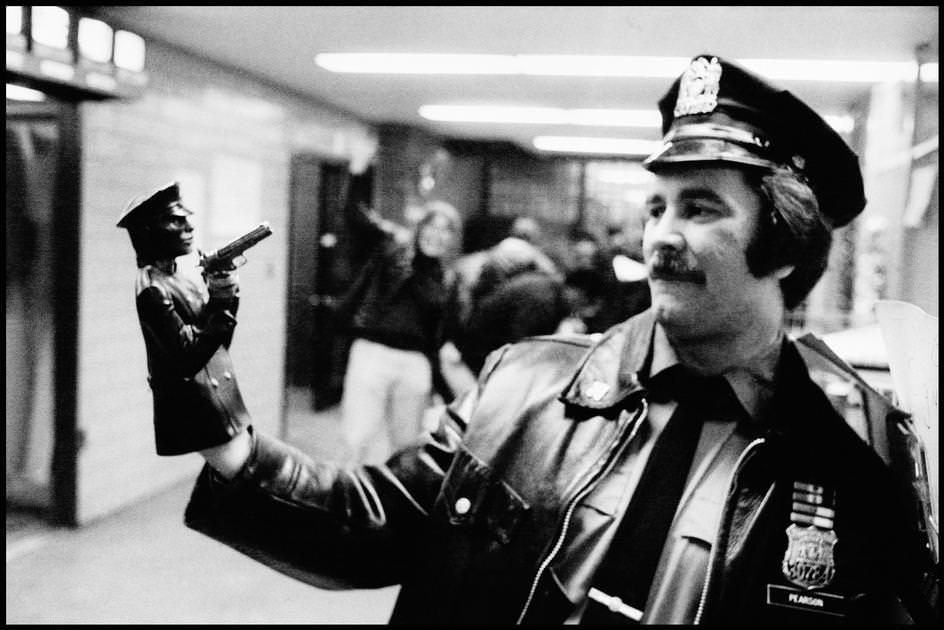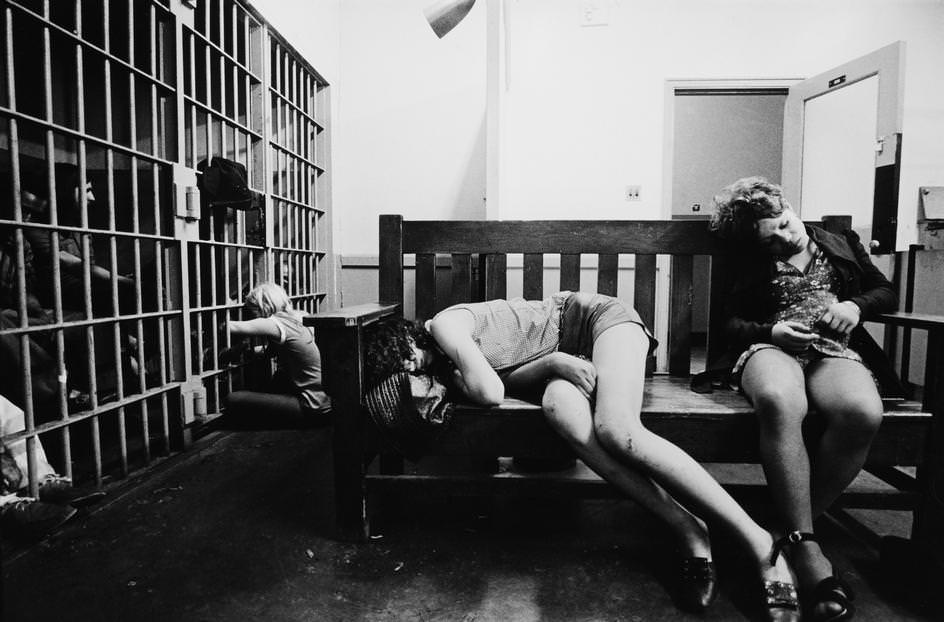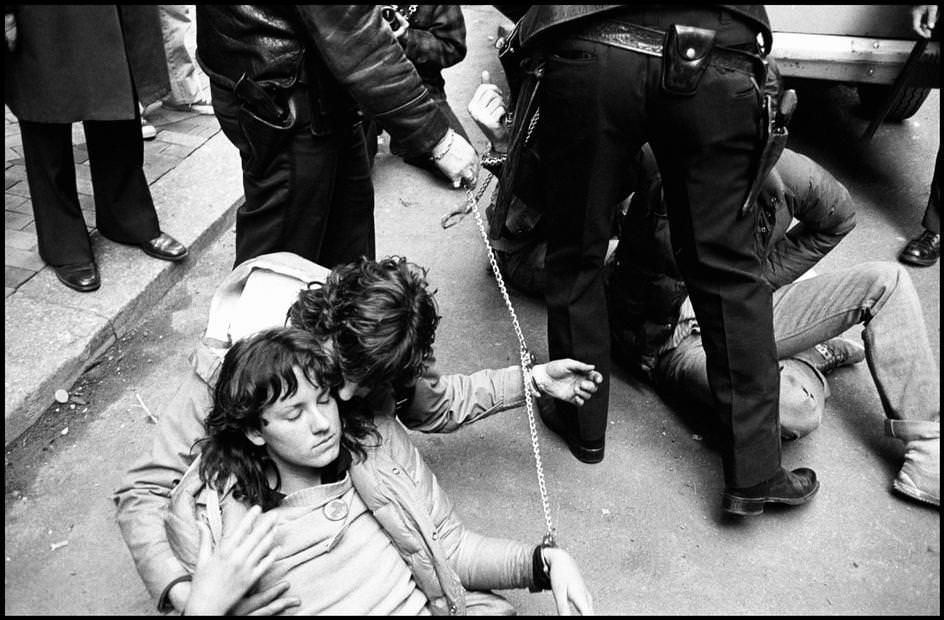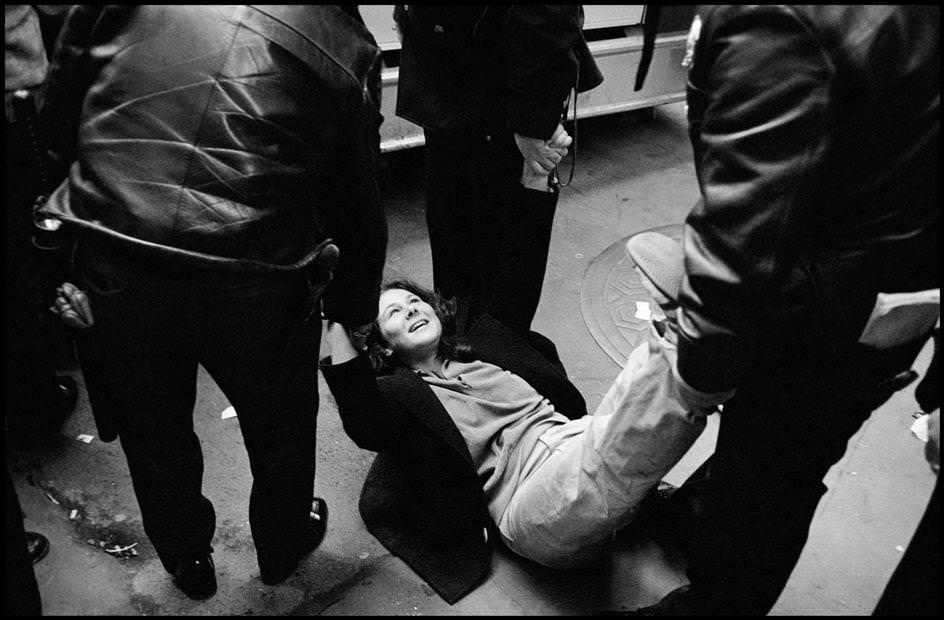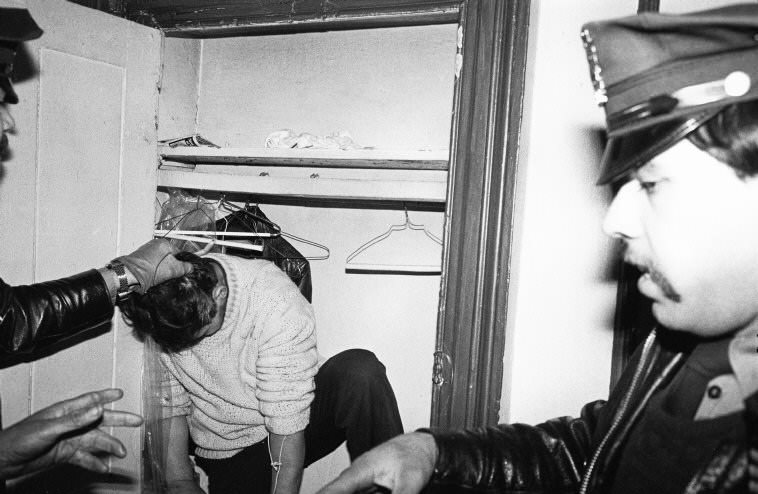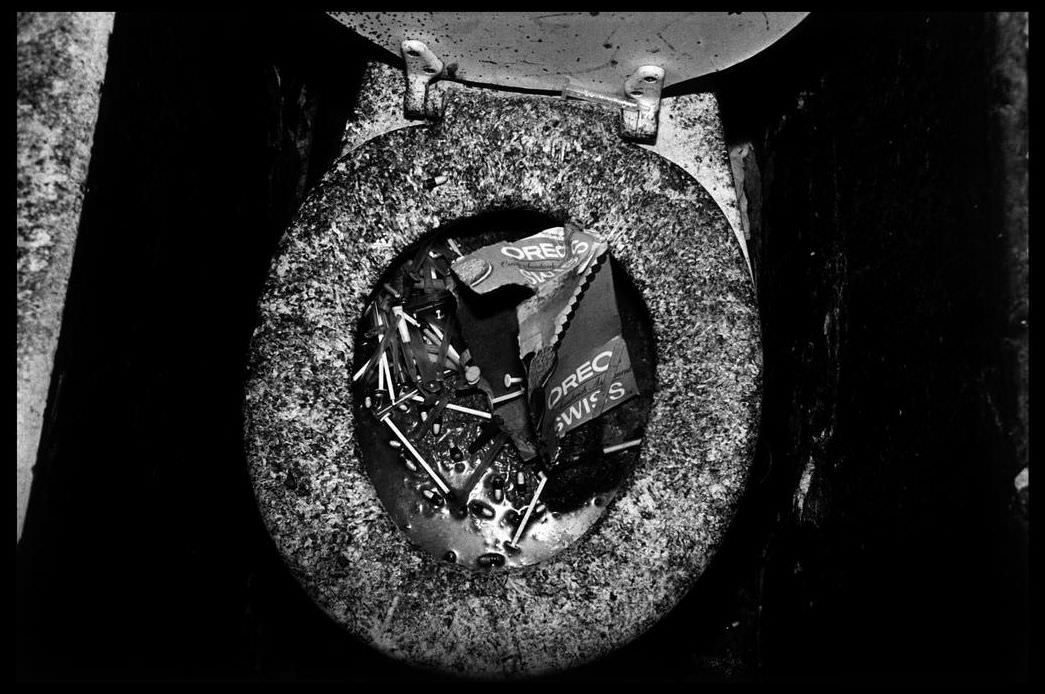New York City in the 1970s faced tough times. The city struggled with serious money problems and a big increase in crime. Walking down the street felt different than in earlier decades. Crime rates climbed steadily, and different types of crime, like robbery and violent attacks, became much more common. The police department, the NYPD, had to handle this difficult situation.
The city’s financial troubles hit the NYPD hard. There were significant budget cuts, which meant fewer police officers on the streets. The number of uniformed officers dropped by thousands during this decade. This made the job even harder for the officers who remained. They had to cover more ground with fewer people.
Daily police work often meant responding to a constant stream of emergency calls. The 911 system was in place, and officers spent a lot of their time reacting to incidents after they happened. This meant there were fewer officers just walking a beat or patrolling areas to prevent crime from happening in the first place. They went from one call to the next, dealing with the results of the city’s problems.
Officers faced many dangerous situations. They responded to a high number of robberies and violent crimes. Certain neighborhoods saw more crime than others, and patrolling these areas was risky. The city’s issues with poverty and illegal drugs contributed to the challenges officers encountered daily. They dealt with property crimes like burglaries and car theft frequently. The sheer volume of incidents created a demanding environment for the police force.
Read more
Working on the street meant seeing the city at its most vulnerable. Officers encountered people in difficult circumstances and dealt with the aftermath of criminal activity. They had to be prepared for anything when they answered a call or stopped someone on the street. The constant exposure to crime and tough living conditions was a regular part of the job.
Even things like citywide blackouts showed how challenging the environment was. During the blackout in 1977, for example, there was widespread looting and disorder, creating an overwhelming situation for the reduced police force. Officers worked long hours dealing with the chaos across the five boroughs.
Beyond just responding to crime, officers also worked under increased scrutiny. Concerns about corruption within the department meant officers sometimes felt hesitant to even make arrests for less serious offenses, fearing it could lead to accusations. This added another layer of pressure to an already demanding job. Policing in New York City in the 1970s required officers to be tough and resilient, working with fewer resources in a city struggling with significant social and economic problems. They dealt with a high volume of crime daily, often in reactive mode, navigating a difficult and sometimes dangerous urban landscape.


